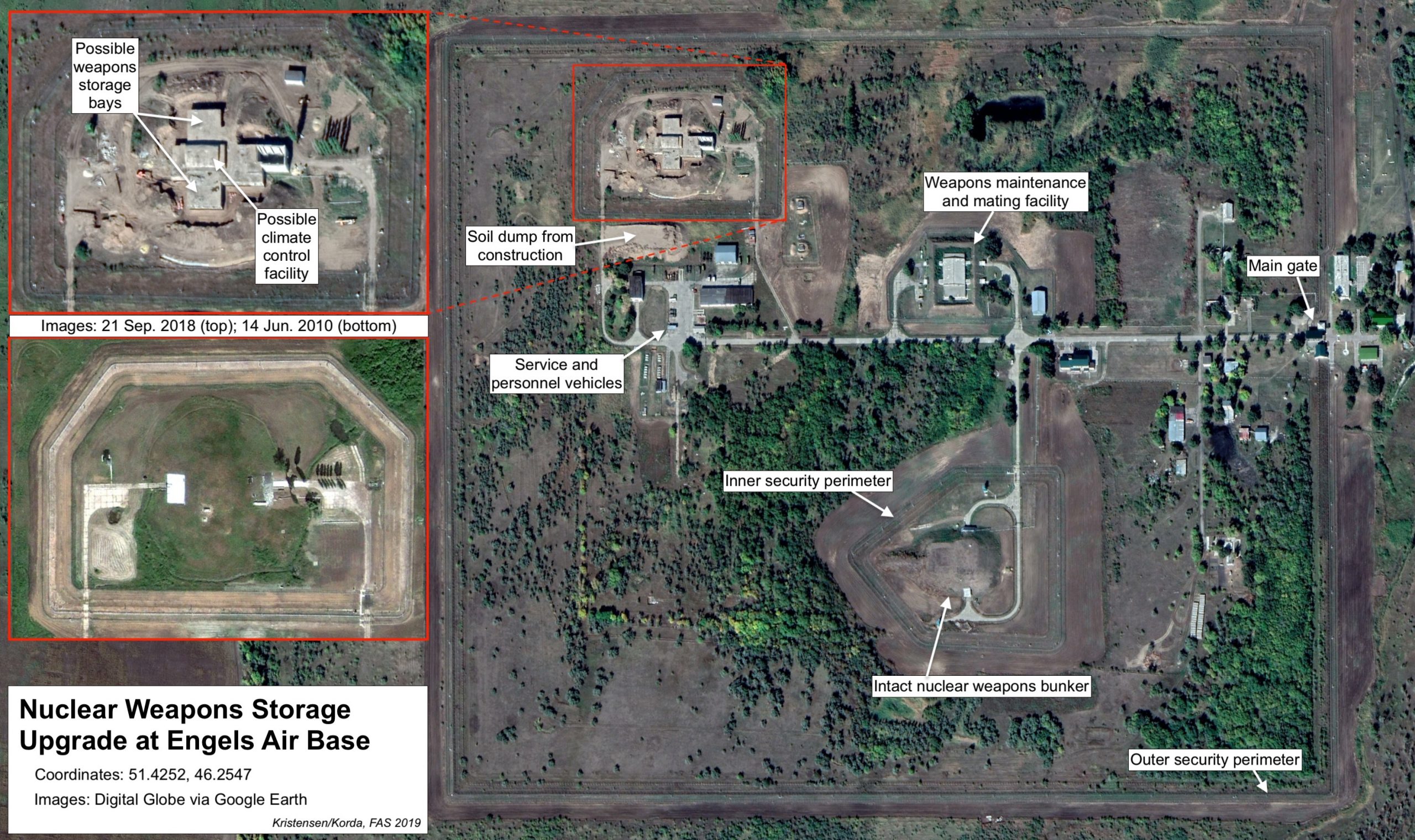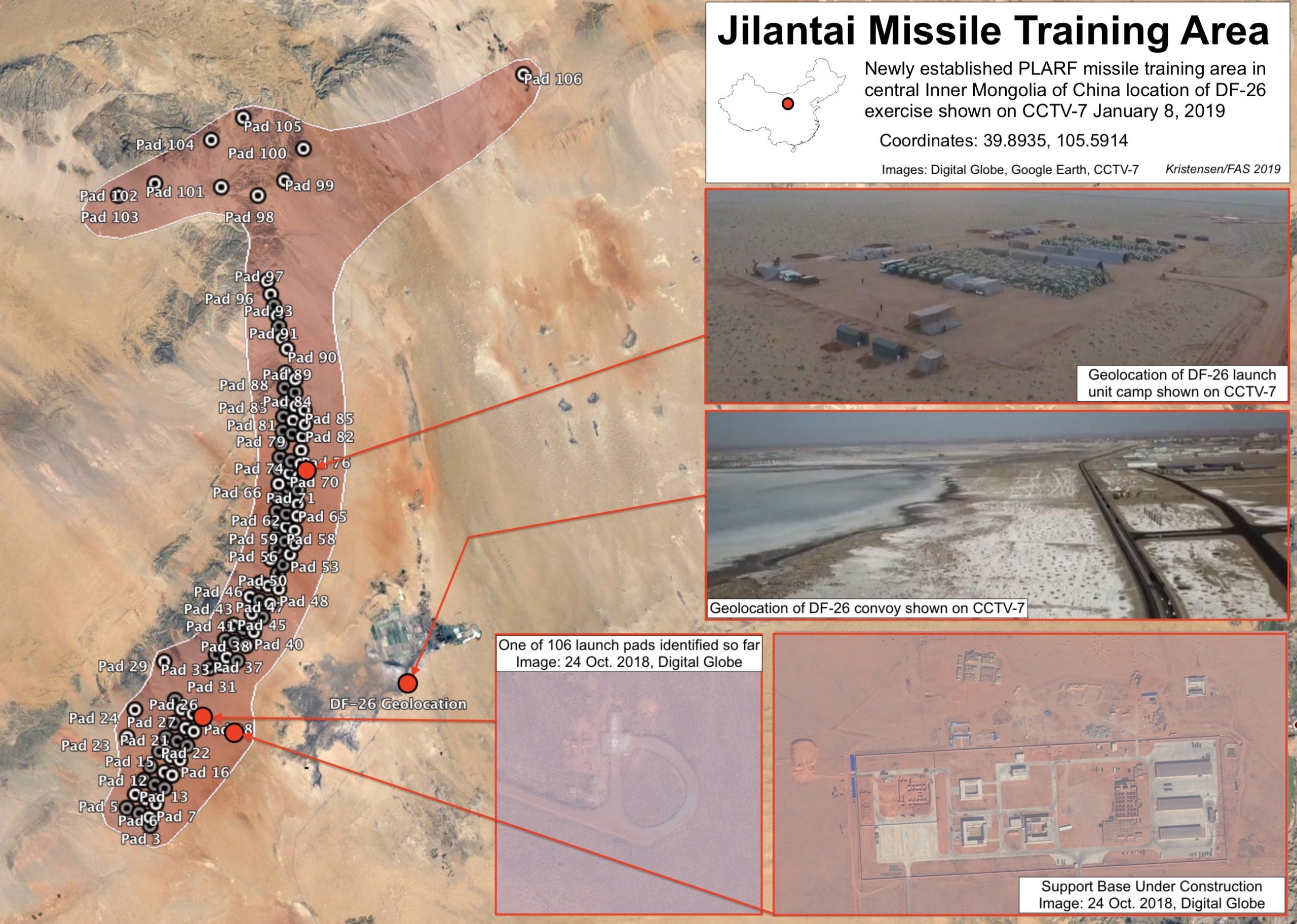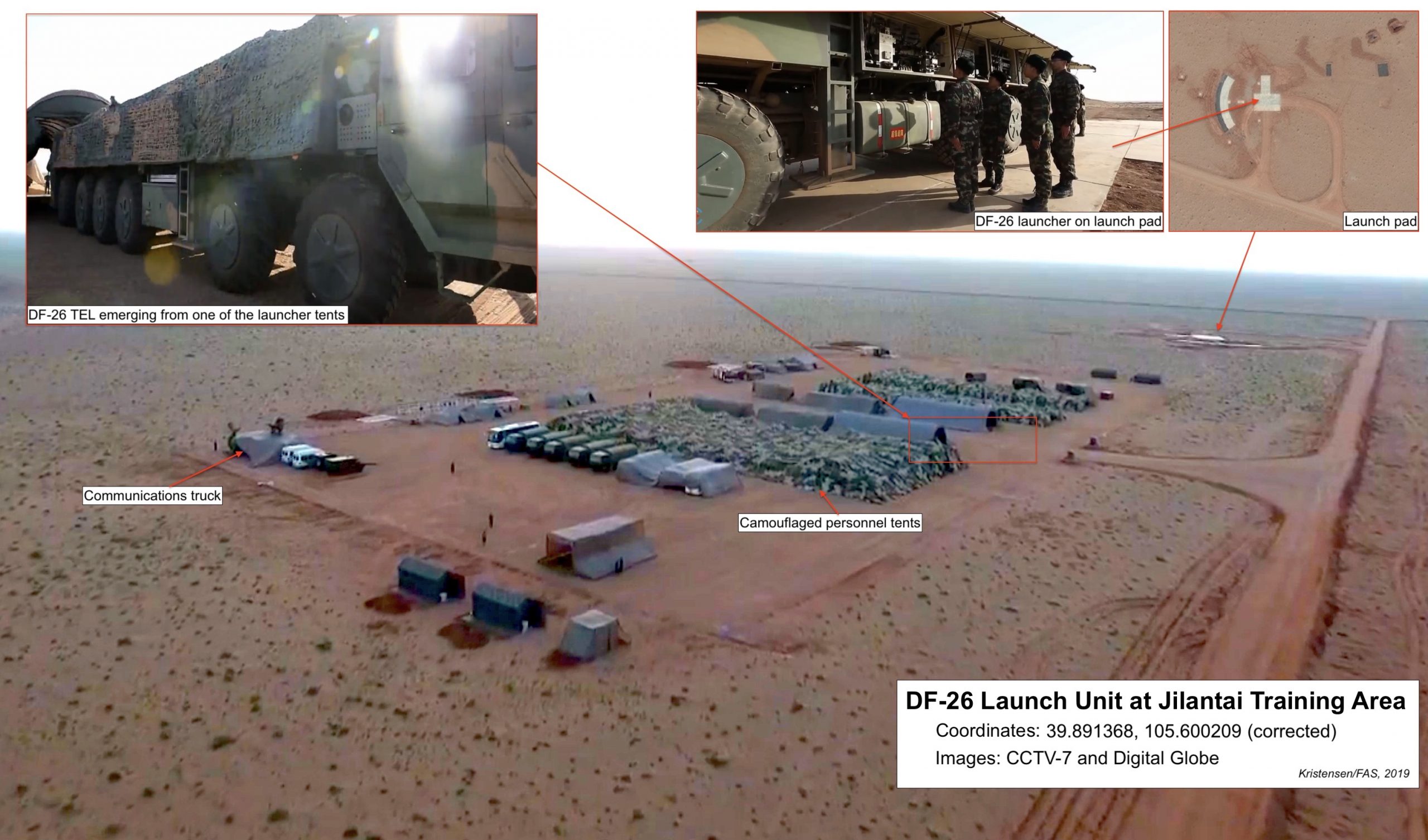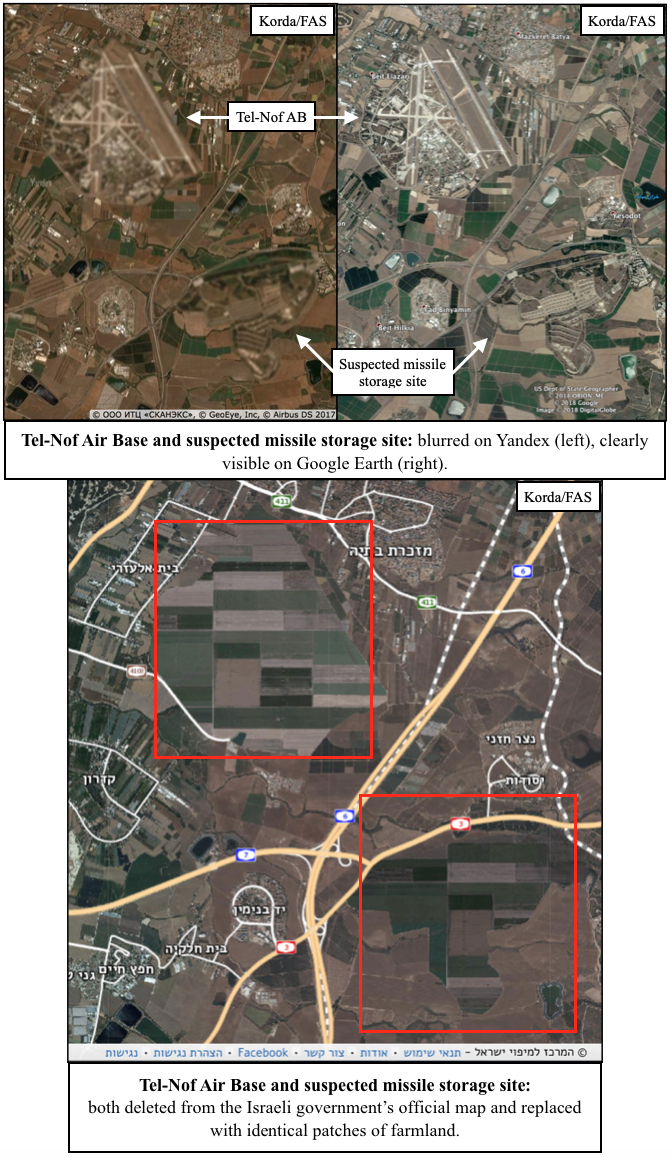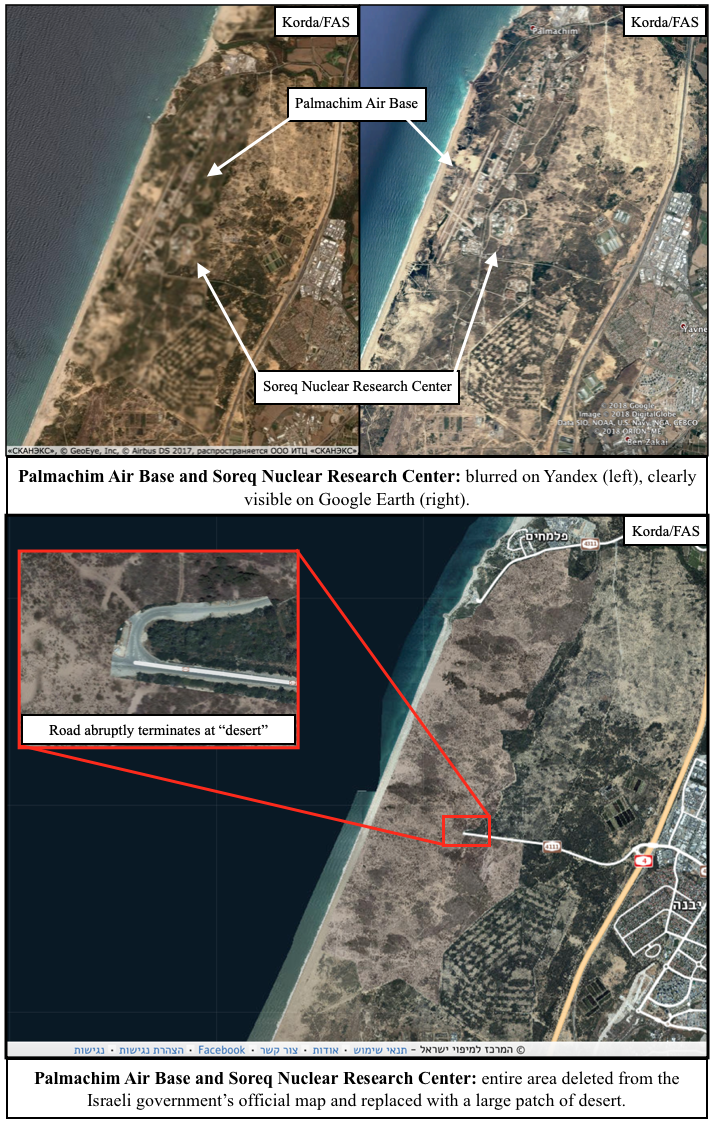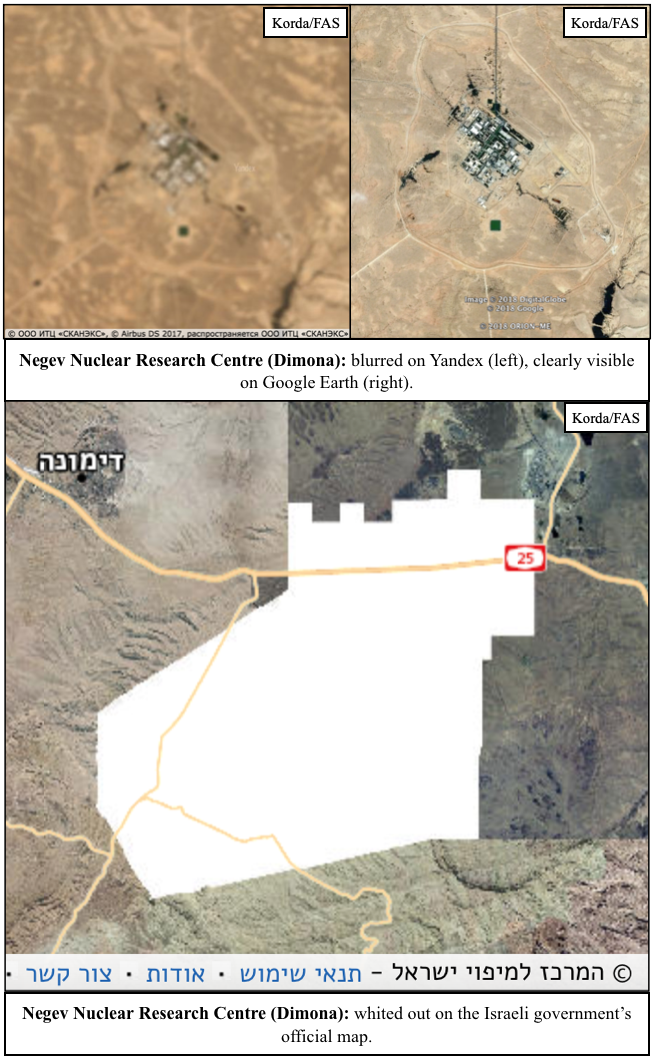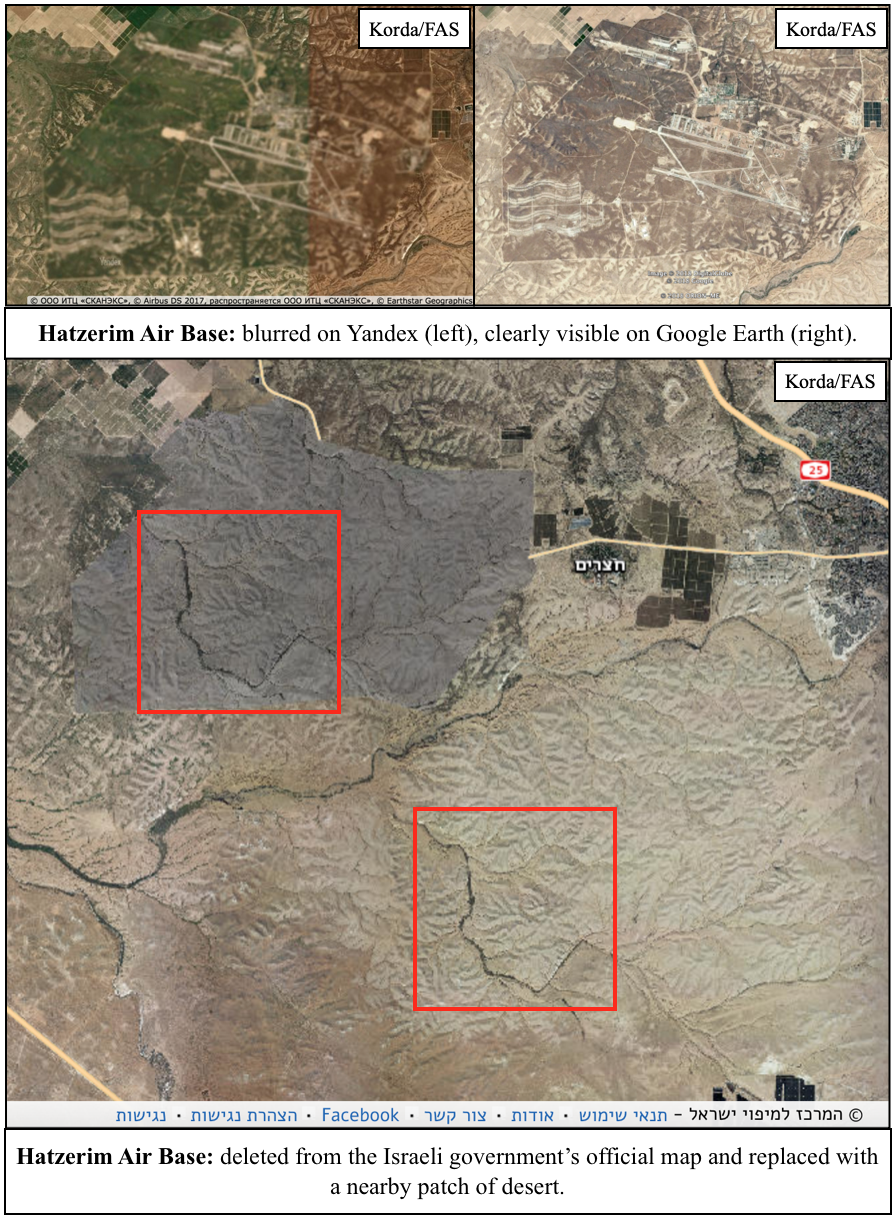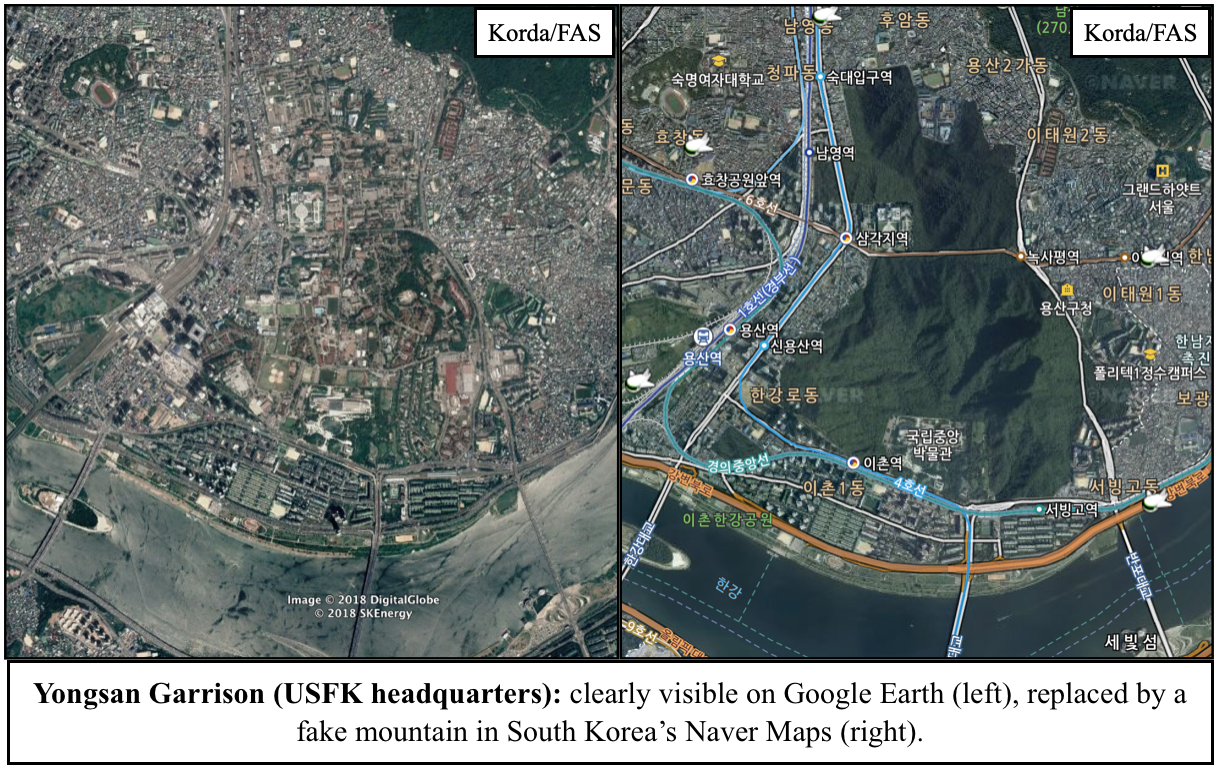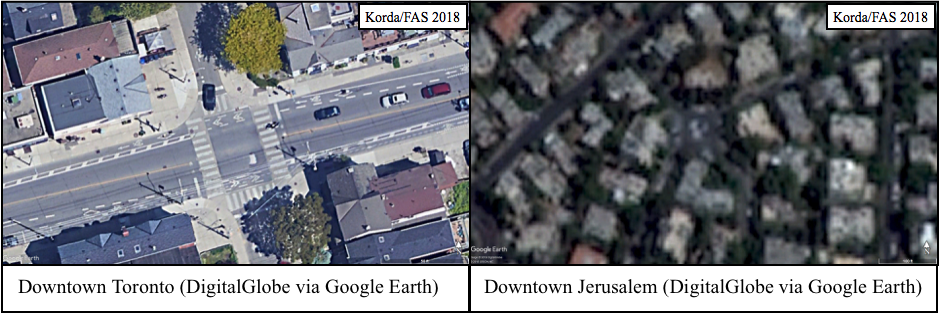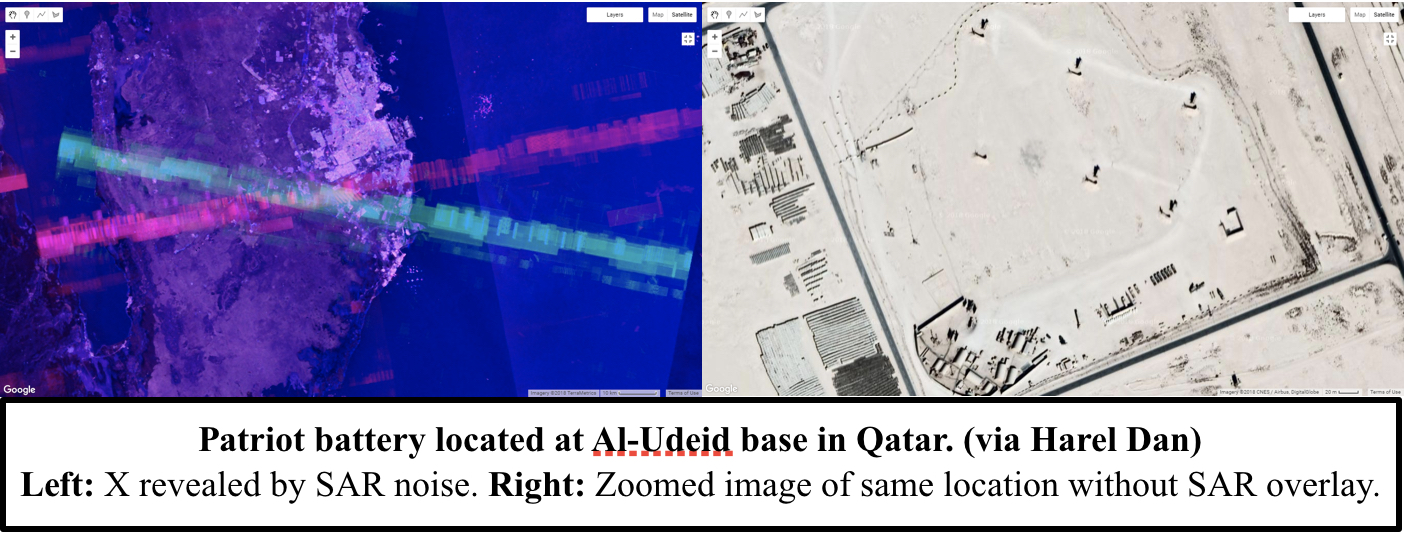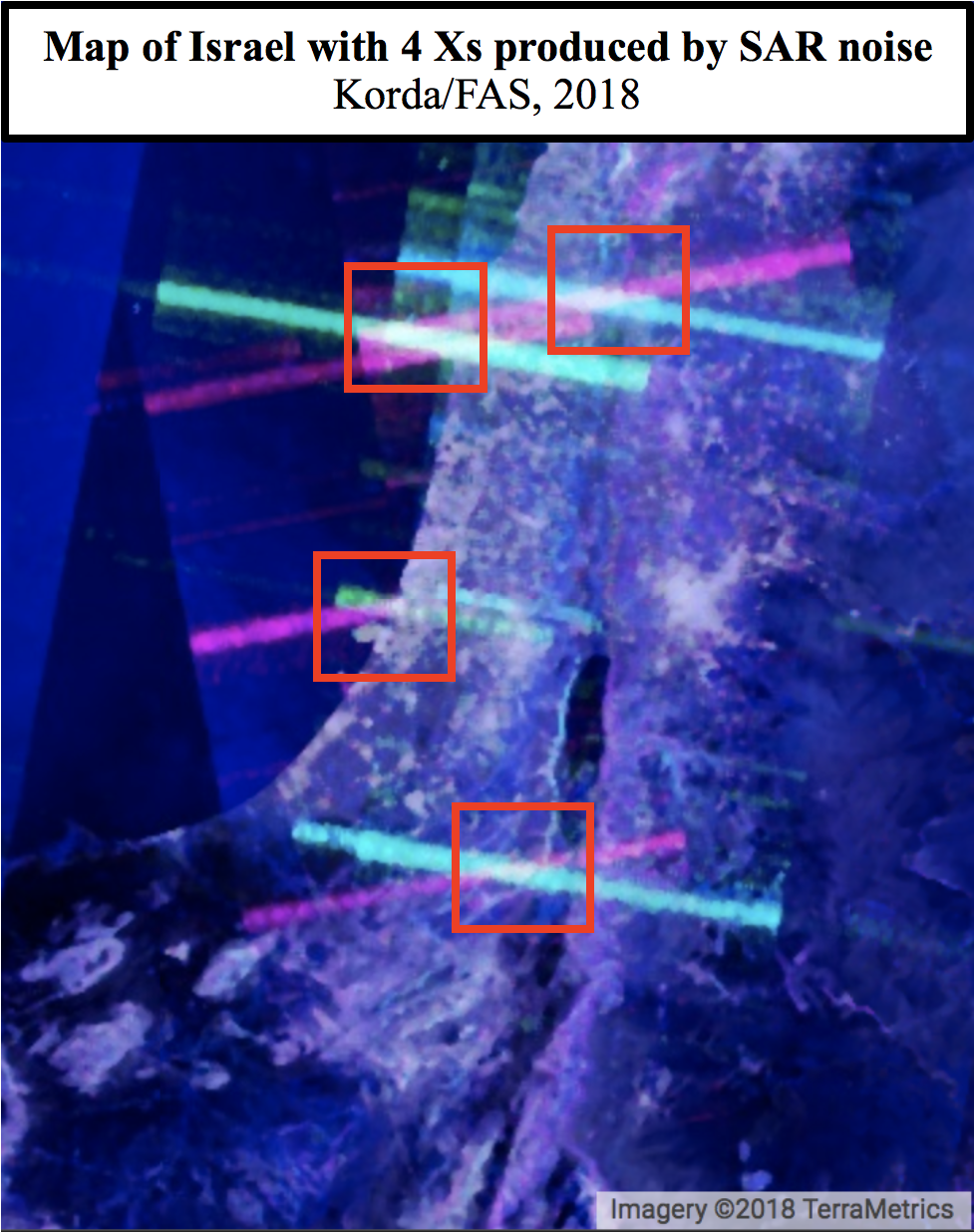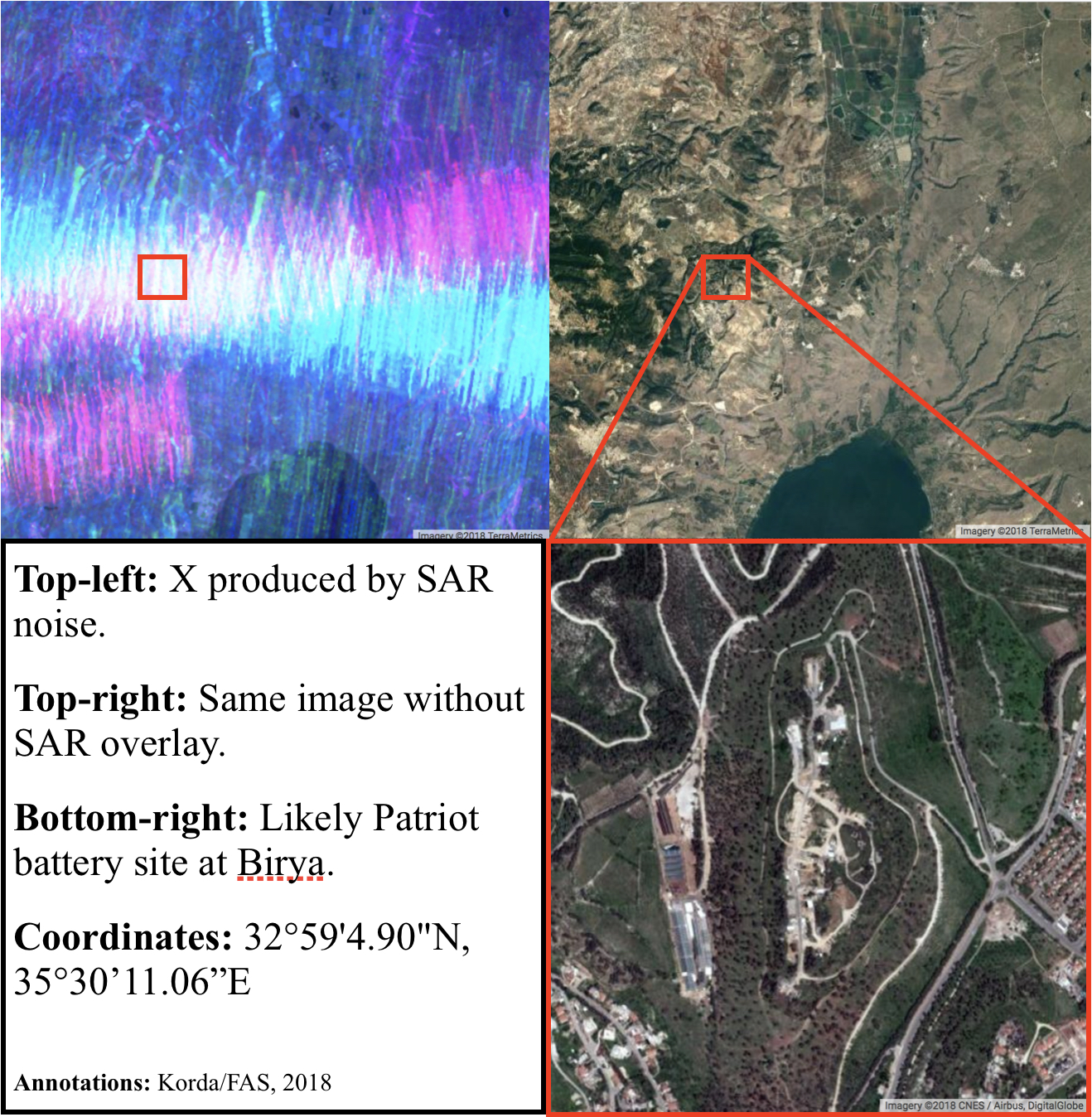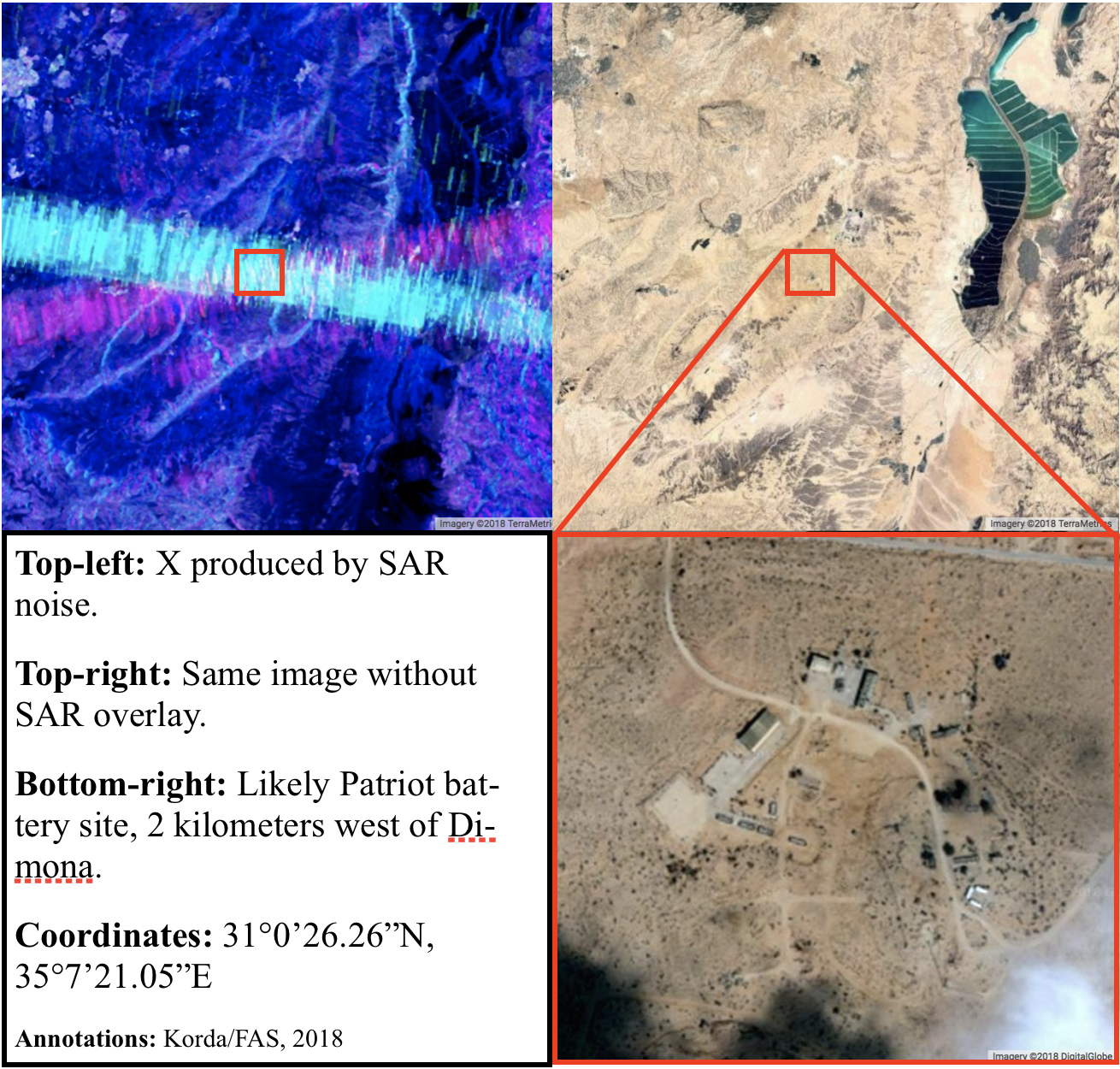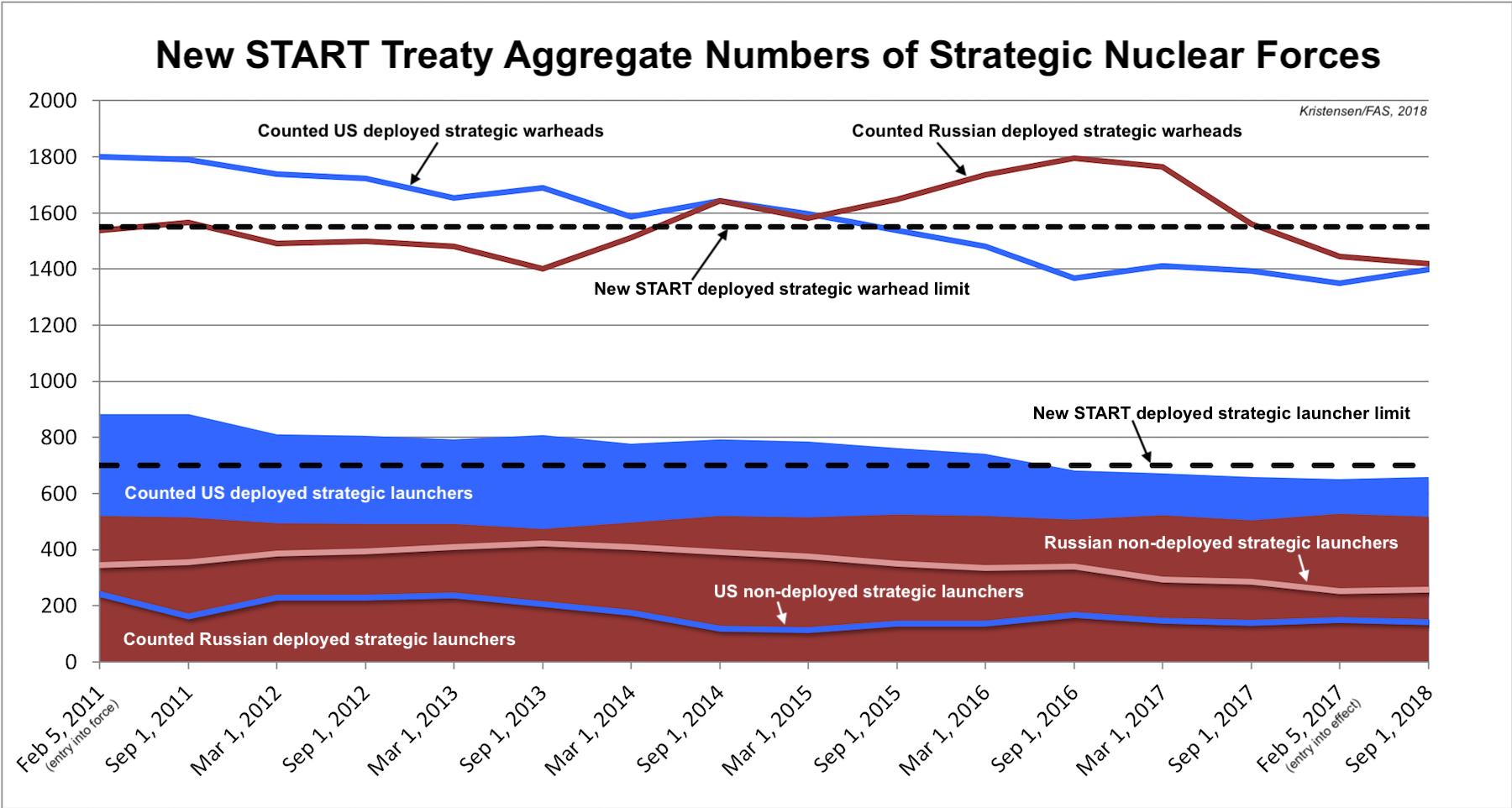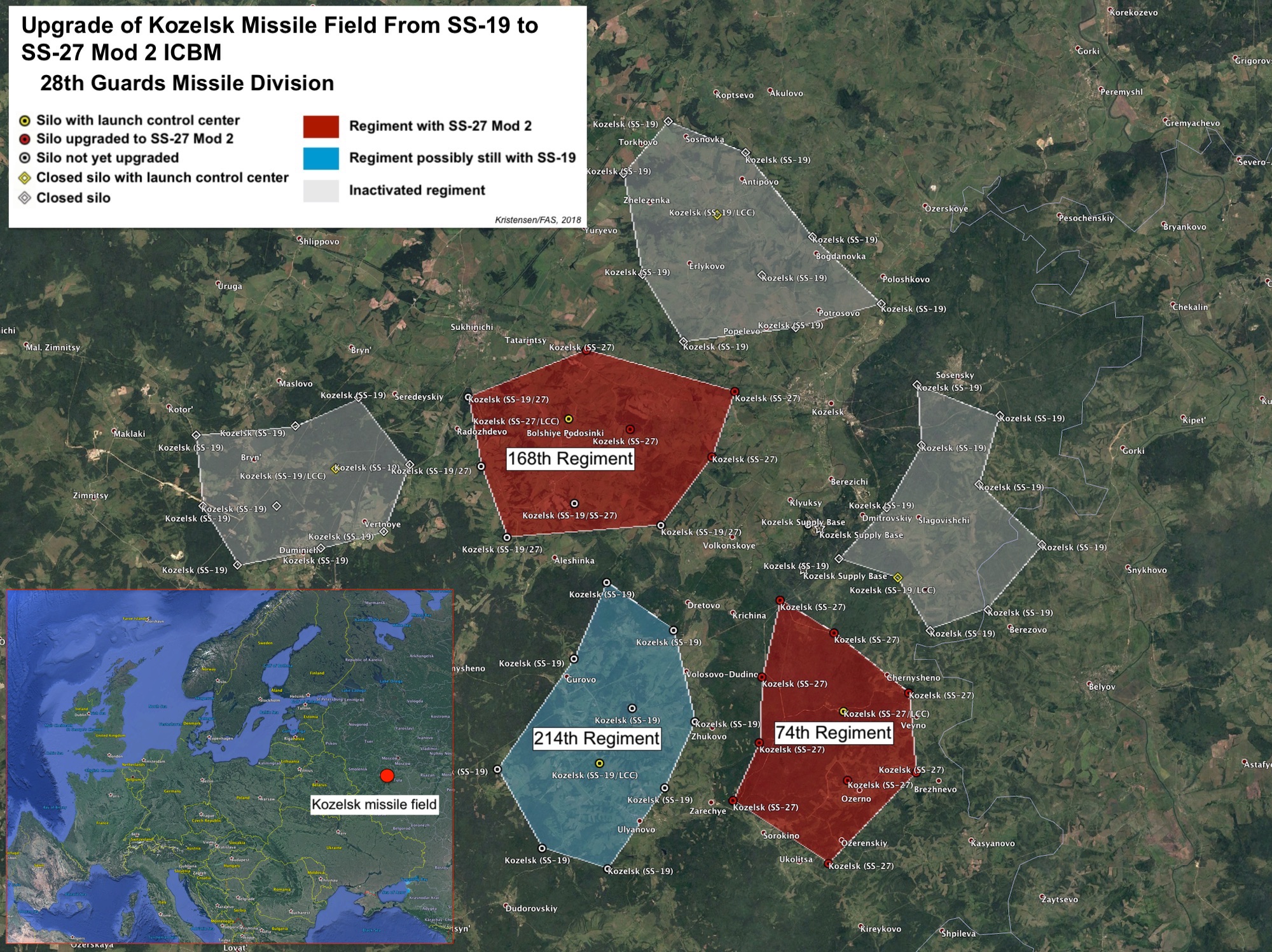Despite Obfuscations, New START Data Shows Continued Value Of Treaty
The latest set of New START treaty aggregate data released by the US State Department shows Russia and the United States continue to abide by the limitations of the New START treaty. The data shows that Russia and the United States combined have cut a total of 429 strategic launchers since February 2011, reduced the number of deployed launchers by 223, and reduced the number of warheads attributed to those launchers by 511.
The good news comes despite efforts by officials in Moscow and Washington to create doubts about the value of New START by complaining about lack of irreversibility, weapon systems not covered by the treaty, or other unrelated treaty compliance and behavioral matters. These complaints are part of the ongoing bickering between Russia and the United States and appear intended – they certainly have that effect – to create doubt about the value of extending New START for five years beyond 2021.
Playing politics with New START is irresponsible and counterproductive. While the treaty has facilitated coordinated and verifiable reductions and provides for on-site inspections and a continuous exchange of notifications about strategic offensive nuclear forces, the remaining arsenals are large, undergoing extensive modernizations, and demand continued limits and verification.
By the Numbers
The latest New START data shows that the United States and Russia combined, as of March 1st, 2019, deployed a total of 1,180 strategic launchers (long-range ballistic missiles and heavy bombers) with a total of 2,826 warheads attributed to them (see chart below). These two arsenals constitute more strategic launchers and warheads than all the world’s other seven nuclear-armed states possess combined.
For Russia, the data shows 524 deployed strategic launchers with 1,461 warheads. That’s a slight increase of 7 launchers and 41 warheads compared with September 2018. Russia is currently 176 launchers and 89 warheads below the treaty limit for deployed strategic weapons.
The United States deploys 656 strategic launchers with 1,365 warheads attributed to them, or a slight decrease of 3 launchers and 33 warheads compared with September 2018. The United States is currently 44 launchers and 185 warheads below the treaty limit for deployed strategic weapons.
These increases and decreases since September 2018 are normal fluctuations in the arsenals due to maintenance and upgrades and do not reflect an increase or decrease of the threat level.
It is important to remind, that the Russian and US nuclear forces reported under New START are only a portion of their total stockpiles of nuclear weapons, currently estimated at 4,350 for Russia and 3,800 for the United States (6,850 and 6,460, respectively, if also counting retired warheads awaiting dismantlement).
Build-Up, What Build-Up
Despite frequent claims by some about a Russian nuclear “buildup,” the New START data does not show such a development. On the contrary, it shows that Russia’s strategic offensive nuclear force level – despite ongoing modernization – is relatively steady. Deteriorating relations have so far not caused Russia (or the United States) to increase strategic force levels or slowed down the reductions required by New START. On the contrary, both sides seem to be continuing to structure their central strategic nuclear forces in accordance with the treaty’s limitations and intentions.
That said, both countries are working on modifications to their strategic nuclear arsenals. Russia has been working for a long time – even before New START was signed – to develop exotic intercontinental-range weapons to overcome US ballistic missile defense systems. These exotic weapons, which are not deployed or covered by the treaty, include a ground-launched nuclear-powered cruise missile (Burevestnik) and a submarine-launched torpedo-like drone (Poseidon). An ICBM-launched glide-vehicle commonly known as Avangard is close to initial deployment but would likely supplement the current ICBM force rather than increasing it. The new weapons are limited in numbers and insufficient to change the overall strategic balance or challenge extension of New START. The treaty provides for adding new weapon types if agreed by the two parties, although neither side has formally proposed to do so.
Russia is not at an advantage in terms of overall strategic nuclear forces, nor does it appear to try to close the significant gap the New START data shows exists in the number of strategic launchers – 132 in US favor by the latest count. To put things in perspective, 132 launchers is nearly the equivalent of a US ICBM wing, more than six Ohio-class ballistic missile submarines, or twice the size of the entire US nuclear bomber fleet. If the tables were turned, US officials and hardliners would be screaming about a disadvantage. Astoundingly, some are still trying to make that case despite the US advantage. Given the launcher asymmetry, one could also suspect that Russia might seek to retain more non-deployed launchers for potential redeployment to be able to rapidly increase the force if necessary. Instead, the New START data shows that Russia has continued to decrease its non-deployed launchers by 185 since the peak of 421 in 2013.
Russian strategic modernization has been slower than expected with delays and less elaborate base upgrades and is stymied by a weak economy and corruption in government and defense industry. Russia is compensating for this asymmetry by maximizing warhead loadings on its new missiles, but the New START data indicates that Russia since 2016 has been forced to reduce the normal warhead loading on some of its ballistic missiles in order to meet the treaty limit for deployed warheads. This demonstrates New START has a real constraining effect on Russian strategic forces.
Having said that, Russia could – like the United States – upload large numbers of non-deployed nuclear warheads onto deployed launchers if a decision was made to break out of the New START limits. Those launchers would include initially bombers, then sea-launched ballistic missiles, and in the longer term the ICBMs.
The United States has dismantled and converted more launchers than Russia because the United States had more of them when the treaty was signed, not because Washington was handed a “bad deal,’ as some defense hardliners have claimed. But Russia has complained – including in an unprecedented letter to the US Congress – that it is unable to verify that launchers converted by the US can’t be returned to nuclear use. The New START treaty does not require irreversibility and the US insists conversions have been carried out as required by the treaty rules that Russia agreed to. Discussions continue in Bilateral Consultative Committee (BCC).
Verification and Notifications
Although not included in the formal aggregate data, the State Department has also disclosed the total number of inspections and notifications conducted under the treaty. Since February 2011, this has included 294 onsite inspections (3 each since September) and 17,516 notifications (up about 1,100 since September 2018). This data flow is essential to providing confidence and reassurance that the strategic force level of the other side indeed is what they say it is. It also provides each side invaluable insight into structural and operational matters that complements and expands what is possible to ascertain with national technical means.

US SSBN in drydock. Russia says it cannot verify conversion of US strategic launchers. Click on image to see full size.
Conclusions and Recommendations
Although bureaucrats and Cold Warriors in both Washington and Moscow currently are busy raising complaints and uncertainties about the New START treaty, there is no way around the basic fact: the treaty is strongly in the national security interest of both countries – as well as that of their allies.
But the treaty expires in February 2021 and the two sides could – if their leadership was willing to act – extend it with the stroke of a pen.
Unfortunately, Russian claims that it is incapable of confirming US conversion of strategic launchers, US complaints that new exotic Russian weapons circumvent the treaty, Russia’s violation and the US decision to withdraw from the INF treaty, as well as the growing political animosity and bickering between East and West, have combined to increase the pressure on New START and put extension in doubt.
The idea that the INF debacle somehow requires a reevaluation of the value of New START is ridiculous. INF regulates regional land-based missiles whereas New START regulates the core strategic nuclear forces. Why would anyone in either country in their right mind jeopardize limits and verification of strategic forces that threaten the survival of the nation over a disagreement about regional forces that cannot? That seems to be the epidemy of irresponsible behavior.
And the disagreements about conversion of launchers and need to add new intercontinental forces to the treaty can and should be resolved within the BCC.
But it all captures well the danger of Cold War mindsets where nationalistic bravado and chest-thumping override deliberate rational strategy for the benefit of national and international security. Bad times are not an excuse for sacrificing treaties but reminders of the importance of preserving them. Arms limitation treaties are not made with friends (you don’t have to) but with potential adversaries in order to limit their offensive nuclear forces and increase transparency and verification. If officials focus on complaining and listing problems, well guess what, that’s what we’re going to get.
Additional information:
This publication was made possible by generous contributions from the Carnegie Corporation of New York, the John D. and Catherine T. MacArthur Foundation, the New Land Foundation, the Ploughshares Fund, and the Prospect Hill Foundation. The statements made and views expressed are solely the responsibility of the authors.
Nuclear Upgrades At Russian Bomber Base And Storage Site
The Russian military has started upgrading nuclear weapons bunkers at Engels Air Base and the Saratov-63 central nuclear weapons storage facility in Saratov province.
At Engels Air Base, satellite images show one of two bunkers in the weapons storage area has been exposed as part of apparent maintenance of the base’s nuclear weapons mission.
The bunker is one of two earth-covered concrete bunkers at the base, which is home to Russian Tu-160 (Blackjack) and Tu-95 (Bear) long-range bombers. Engels Air Base made international headlines recently when two Tu-160s were deployed from the base to Venezuela in December, as part of the intensifying standoff between the Trump and Maduro governments. Although the bombers themselves are nuclear-capable and are collocated with nuclear weapons bunkers in Russia, it’s a certainty that the two planes deployed to Venezuela carried no such weapons.
The bunker is located about seven kilometers (4.3 miles) south of the runway. The bombers, which are accountable under the New START treaty, can carry nuclear AS-15 (Kh-55) long-range cruise missiles and are being upgraded to carry the new nuclear AS-23B (Kh-102) long-range cruise missile. Each cruise missile is thought to carry a 200-kiloton nuclear warhead. The bombers are also equipped to carry conventional Kh-555 and Kh-101 cruise missiles.
Initial work on the bunker appears to have started in 2011 with addition of a tall structure at the eastern entrance. But the work apparently stalled – potentially because of lack of funds – until late-May 2018 when excavation of the bunker itself began. Between 2011 and 2018, the bunker seemed dormant. The second bunker, however, is intact and appears to have been active during this time.
The size of the exposed bunker is approximately 1,800 square meters (19,800 square feet). It consists of two entrances, a main hall for loading, a climate control facility, and what are probably two warhead storage bays. Each bay is about 20×20 meters (60×60 feet), or 400 square meters (1,200 square feet). It is unknown if warheads are stored in shipping containers or mated with the missiles. If mated with missiles, each bay could potentially store 40 missiles for a total capacity of 80 missiles per bunker, or 160 missiles combined in the two bunkers. If warheads are stored in containers, the capacity would be significantly greater.
Bunker Upgrade at Saratov-63
Like the United States, Russia is thought to store only some of its bomber weapons at the bomber bases while most are kept in central storage facilities. Russia has about a dozen central storage facilities, which are managed by the 12th Main Directorate (GUMO) of the Ministry of Defence. One of them is Saratov-63, located near Berezovka—only 36 kilometers (22 miles) south of Engels. One of the five large underground bunkers at this facility is also being upgraded.
The bunker at Saratov-63 is much larger than the one at Engels and covers an area of roughly 5,300 square meters (57,600 square feet). A lot of that consists of access tunnels and technical areas while the core structure covers approximately 3,500 square meters (38,500 square feet). The bunker can probably hold several hundred nuclear weapons.
Saratov-63 has a special history. In June 1998, former US STRATCOM commander General Gene Habiger visited the facility and was given access to one of the bunkers. He later described the interior:
 “We went to Saratov, a national nuclear weapons storage site, where I saw not only strategic weapons, but tactical weapons…And they took me into the side of a mountain, a hill, where we went behind two doors that were each several thousands of tons in weight. And you had to open up one door at a time, these sliding, massive doors, in order to get into the inner sanctum. In the inner sanctum, there were five nuclear weapon storage bays. They took me into one of those bays, and we had an interesting discussion.”
“We went to Saratov, a national nuclear weapons storage site, where I saw not only strategic weapons, but tactical weapons…And they took me into the side of a mountain, a hill, where we went behind two doors that were each several thousands of tons in weight. And you had to open up one door at a time, these sliding, massive doors, in order to get into the inner sanctum. In the inner sanctum, there were five nuclear weapon storage bays. They took me into one of those bays, and we had an interesting discussion.”
The upgrade of nuclear storage bunkers at Engels and Saratov-63 follow upgrades to nuclear bunkers we have described at Kulikovo in the Kaliningrad province and at Vilyuchinsk on the Kamchatka peninsula.
These infrastructure upgrades are part of Russia’s overall nuclear modernization efforts. Both facilities serve central roles in Russia’s nuclear posture, so it’s no surprise that they are being upgraded. Engels Air Base also recently completed major upgrades of runway and tarmac and remains the only Russian air base serving the Air Force’s fleet of Tu-160 strategic bombers (at least 10 are scheduled to complete modernization by the end of 2019).
This publication was made possible by a grant from the Carnegie Corporation of New York, the John D. and Catherine T. MacArthur Foundation, the New Land Foundation, the Ploughshares Fund, and the Prospect Hill Foundation. The statements made and views expressed are solely the responsibility of the authors.
Chinese DF-26 Missile Launchers Deploy To New Missile Training Area
[Updated Jan 31, 2019] Earlier this month, the Chinese government outlet Global Times published a report that a People’s Liberation Army Rocket Force (PLARF) unit with the new DF-26 intermediate-range ballistic missile had carried out an exercise in the “Northwest China’s plateau and desert areas.” The article made vague references to a program previously aired on China’s CCTV-7 that showed a column of DF-26 launchers and support vehicles driving on highways, desert roads, and through mountain streams.
As it turns out, the exercise may have been west of Beijing, but the actual location is in upper Central China. Several researchers (for example Sean O’Connor) have been attempting to learn more about the unit. By combining scenes from the CCTV-7 program with various satellite imagery sources, I was able to geolocate the DF-26s to the S218 highway (39.702137º, 105.731469º) outside the city of Jilantai (Jilantaizhen) roughly 100 km north of Alxa in the Inner Mogolia province in the northern part of central China (see image below).
The DF-26s appear to have been visiting a new missile training area established by PLARF since 2015. By combining use of Google Earth, Planet, and Terra Server, each of which has unique capabilities needed to scan vast areas and identifying individual facilities, as well as analyzing images purchased from Digital Globe, I have so far been able to identify more than 100 launch pads used by launchers and support vehicles during exercises, a support base, a landing strip, and at least eight launch unit camp sites covering an area of more than 1,000 square kilometers (400 square miles) along a 90-kilometer (55-mile) corridor (see image below). A Google Earth placemark file (kml) with all these locations is available for download here.
The Chinese military has for decades been operating a vast missile training area further west in the Qinghai province, which I profiled in an article a decade ago. They also appear to operate a training area further west near Korla (Beyingol). The best unclassified guide for following Chinese missile units is, of course, the indispensable PLA Rocket Force Leadership and Unit Reference produced by Mark Stokes at the Project 2049 Institute.
It is not clear if the DF-26 unit that exercised in the Jilantai training area is or will be permanently based in the region. It is normal for Chinese missile units to deploy long distances from their home base for training. The first brigade (666 Brigade) is thought to be based some 1,100 kilometers (700 miles) to the southeast near Xinyang in southern Henan province. This was not the first training deployment of the brigade. The NASIC reported in 2017 that China had 16+ DF-26 launchers and it is building more. The CCTV-7 video shows an aerial view of a launch unit camp with TEL tents, support vehicles, and personnel tents. A DF-26 is shown pulling out from under a camouflage tent and setting up on a T-shaped concrete launch pad (see image below). More than 100 of those pads have been identified in the area.
The support base at the training area does not have the outline of a permanent missile brigade base. But several satellite images appear to show the presence of DF-16, DF-21, and DF-26 launchers at this facility. One image purchased from Digital Globe and taken by one of their satellites on October 24, 2018, shows the base under construction with what appears to be two DF-16 launchers (h/t @reutersanders) parked between two garages. Another photo taken on August 16, 2017, shows what appears to be 22 DF-21C launchers with a couple of possible DF-26 launchers as well (see below).
The DF-26, which was first officially displayed in 2015, fielded in 2016, and declared in service by April 2018, is an intermediate-range ballistic missile launched from a six-axle road-mobile launchers that can deliver either a conventional or nuclear warhead to a maximum distance of 4,000 kilometers (2,485 miles). From the 666 Brigade area near Xinyang, a DF-26 IRBM could reach Guam and New Delhi (see map below). China has had the capability to strike Guam with the nuclear DF-4 ICBM since 1980, but the DF-4 is a moveable, liquid-fuel missiles that takes a long time to set up, while the DF-26 is a road-mobile, solid-fuel, dual-capable missile that can launch quicker and with greater accuracy. Moreover, DF-26 adds conventional strike to the IRBM range for the first time.
The 666 Brigade is in range of U.S. sea- and air-launched cruise missiles as well as ballistic missiles. But the DF-26 is part of China’s growing inventory of INF-range missiles (most of which, by far, are non-nuclear), a development that is causing some in the U.S. defense community to recommend the United States should withdraw from the INF treaty and deploy quick-launch intermediate-range ballistic missiles in the Western Pacific. Others (including this author) disagree, saying current and planned U.S. capabilities are sufficient to meet national security objectives and that engaging China in an INF-race would make things worse.
See also: FAS Nuclear Notebook on Chinese Nuclear Forces, 2018
This publication was made possible by a grant from the Carnegie Corporation of New York, the John D. and Catherine T. MacArthur Foundation, the New Land Foundation, and the Ploughshares Fund. The statements made and views expressed are solely the responsibility of the author.
Mixed Messages On Trump’s Missile Defense Review
President Trump personally released the long-overdue Missile Defense Review (MDR) today, and despite the document’s assertion that “Missile Defenses are Stabilizing,” the MDR promotes a posture that is anything but.
Firstly, during his presentation, Acting Defense Secretary Shanahan falsely asserted that the MDR is consistent with the priorities of the 2017 National Security Strategy (NSS). The NSS’ missile defense section notes that “Enhanced missile defense is not intended to undermine strategic stability or disrupt longstanding strategic relationships with Russia or China.” (p.8) During Shanahan’s and President Trump’s speeches, however, they made it clear that the United States will seek to detect and destroy “any type of target,” “anywhere, anytime, anyplace,” either “before or after launch.” Coupled with numerous references to Russia’s and China’s evolving missile arsenals and advancements in hypersonic technology, this kind of rhetoric is wholly inconsistent with the MDR’s description of missile defense being directed solely against “rogue states.” It is also inconsistent with the more measured language of the National Security Strategy.
Secondly, the MDR clearly states that the United States “will not accept any limitation or constraint on the development or deployment of missile defense capabilities needed to protect the homeland against rogue missile threats.” This is precisely what concerns Russia and China, who fear a future in which unconstrained and technologically advanced US missile defenses will eventually be capable of disrupting their strategic retaliatory capability and could be used to support an offensive war-fighting posture.
Thirdly, in a move that will only exacerbate these fears, the MDR commits the Missile Defense Agency to test the SM-3 Block IIA against an ICBM-class target in 2020. The 2018 NDAA had previously mandated that such a test only take place “if technologically feasible;” it now seems that there is sufficient confidence for the test to take place. However, it is notable that the decision to conduct such a test seems to hinge upon technological capacity and not the changes to the security environment, despite the constraints that Iran (which the SM-3 is supposedly designed to counter) has accepted upon its nuclear and ballistic missile programs.
Fourthly, the MDR indicates that the United States will look into developing and fielding a variety of new capabilities for detecting and intercepting missiles either immediately before or after launch, including:
- Developing a defensive layer of space-based sensors (and potentially interceptors) to assist with launch detection and boost-phase intercept.
- Developing a new or modified interceptor for the F-35 that is capable of shooting down missiles in their boost-phase.
- Mounting a laser on a drone in order to destroy missiles in their boost-phase. DoD has apparently already begun developing a “Low-Power Laser Demonstrator” to assist with this mission.
There exists much hype around the concept of boost-phase intercept—shooting down an adversary missile immediately after launch—because of the missile’s relatively slower velocity and lack of deployable countermeasures at that early stage of the flight. However, an attempt at boost-phase intercept would essentially require advance notice of a missile launch in order to position US interceptors within striking distance. The layer of space-based sensors is presumably intended to alleviate this concern; however, as Laura Grego notes, these sensors would be “easily overwhelmed, easily attacked, and enormously expensive.”
Additionally, boost-phase intercept would require US interceptors to be placed in very close proximity to the target––almost certainly revealing itself to an adversary’s radar network. The interceptor itself would also have to be fast enough to chase down an accelerating missile, which is technologically improbable, even years down the line. A 2012 National Academy of Sciences report puts it very plainly: “Boost-phase missile defense—whether kinetic or directed energy, and whether based on land, sea, air, or in space—is not practical or feasible.”
Overall, the Trump Administration’s Missile Defense Review offers up a gamut of expensive, ineffective, and destabilizing solutions to problems that missile defense simply cannot solve. The scope of US missile defense should be limited to dealing with errant threats—such as an accidental or limited missile launch—and should not be intended to support a broader war-fighting posture. To that end, the MDR’s argument that “the United States will not accept any limitation or constraint” on its missile defense capabilities will only serve to raise tensions, further stimulate adversarial efforts to outmaneuver or outpace missile defenses, and undermine strategic stability.
During the upcoming spring hearings, Congress will have an important role to play in determining which capabilities are actually necessary in order to enforce a limited missile defense posture, and which ones are superfluous. And for those superfluous capabilities, there should be very strong pushback.
Report of the International Study Group on North Korea Policy
The FAS International Study Group on North Korea Policy convened to develop a strategy toward a North Korea that will in all likelihood remain nuclear-armed and under the control of the Kim family for the next two decades. The composition of the group reflects a conviction that a sustainable and realistic strategy must draw on the expertise of new voices from a broader range of disciplines coordinating across national boundaries—and cannot be met by replicating outdated assumptions and methods. In the pages that follow, the study group issues recommendations to the United States and its allies—most directly South Korea and Japan, but also to countries in Europe, Southeast Asia, and Oceania who hold broadly shared objectives even as they prioritize issues of specific national concern.
Israel’s Official Map Replaces Military Bases with Fake Farms and Deserts
Somewhat unexpectedly, a blog post that I wrote last week caught fire internationally. On Monday, I reported that Yandex Maps—Russia’s equivalent to Google Maps—had inadvertently revealed over 300 military and political facilities in Turkey and Israel by attempting to blur them out.
In a strange turn of events, the fallout from that story has actually produced a whole new one.
After the story blew up, Yandex pointed out that its efforts to obscure these sites are consistent with its requirement to comply with local regulations. Yandex’s statement also notes that “our mapping product in Israel conforms to the national public map published by the government of Israel as it pertains to the blurring of military assets and locations.”
The “national public map” to which Yandex refers is the official online map of Israel which is maintained by the Israeli Mapping Centre (מרכז למיפוי ישראל) within the Israeli government. Since Yandex claims to take its cue from this map, I wondered whether that meant that the Israeli government was also selectively obscuring sites on its national map.
I wasn’t wrong. In fact, the Israeli government goes well beyond just blurring things out. They’re actually deleting entire facilities from the map—and quite messily, at that. Usually, these sites are replaced with patches of fake farmland or desert, but sometimes they’re simply painted over with white or black splotches.
Some of the more obvious examples of Israeli censorship include nuclear facilities:
- Tel-Nof Air Base is just down the road from a suspected missile storage site, both of which have been painted over with identical patches of farmland.
- Palmachim Air Base doubles as a test launch site for Jericho missiles and is collocated with the Soreq Nuclear Research Center, which is rumoured to be responsible for nuclear weapons research and design. The entire area has been replaced with a fake desert.
- The Haifa Naval Base includes pens for submarines that are rumoured to be nuclear-capable, and is entirely blacked out on the official map.
- The Negev Nuclear Research Center at Dimona is responsible for plutonium and tritium production for Israel’s nuclear weapons program, and has been entirely whited out on the official map.
- Hatzerim Air Base has no known connection to Israel’s nuclear weapons program; however, the sloppy method that was used to mask its existence (by basically just copy-pasting a highly-distinctive and differently-coloured patch of desert to an area only five kilometres away) was too good to leave out.
Given that all of these locations are easily visible through Google Earth and other mapping platforms, Israel’s official map is a prime example of needless censorship. But Israel isn’t the only one guilty of silly secrecy: South Korea’s Naver Maps regularly paints over sensitive sites with fake mountains or digital trees, and in a particularly egregious case, the Belgian Ministry of Defense is actually suing Google for not complying with its requests to blur out its military facilities.
Before the proliferation of high-resolution satellite imagery, obscuring aerial photos of military facilities was certainly an effective method for states to safeguard their sensitive data. However, now that anyone with an internet connection can freely access these images, it simply makes no sense to persist with these unnecessary censorship practices–especially since these methods can often backfire and draw attention to the exact sites that they’re supposed to be hiding.
Case studies like Yandex and Strava—in which the locations of secret military facilities were revealed through the publication of fitness heat-maps—should prompt governments to recognize that their data is becoming increasingly accessible through open-source methods. Correspondingly, they should take the relevant steps to secure information that is absolutely critical to national security, and be much more publicly transparent with information that is not—hopefully doing away with needless censorship in the process.
Widespread Blurring of Satellite Images Reveals Secret Facilities
Want to know how to make a satellite imagery analyst instantly curious about something?
Blur it out.
Google Earth occasionally does this at the request of governments that want to keep prying eyes away from some of their more sensitive military or political sites. France, for example, has asked Google to obscure all imagery of its prisons after a French gangster successfully conducted a Hollywood-inspired jailbreak involving drones, smoke bombs, and a stolen helicopter(!)—and Google has agreed to comply by the end of 2018. In similar fashion, an old Dutch law requires Dutch companies to blur their satellite images of military and royal facilities—even to the point where a satellite imagery provider once doctored an image of Volkel Air Base after it was purchased by FAS’ very own Hans Kristensen.
Yandex Maps—Russia’s foremost mapping service—has also agreed to selectively blur out specific sites beyond recognition; however, it has done so for just two countries: Israel and Turkey. The areas of these blurred sites range from large complexes—such as airfields or munitions storage bunkers—to small, nondescript buildings within city blocks.
Although blurring out specific sites is certainly unusual, it is not uncommon for satellite imagery companies to downgrade the resolution of certain sets of imagery before releasing them to viewing platforms like Yandex or Google Earth; in fact, if you trawl around the globe using these platforms, you’ll notice that different locations will be rendered in a variety of resolutions. Downtown Toronto, for example, is always visible at an extremely high resolution; looking closely, you can spot my bike parked outside my old apartment. By contrast, imagery of downtown Jerusalem is always significantly blurrier; you can just barely make out cars parked on the side of the road.
As I explained in my previous piece about geolocating Israeli Patriot batteries, a 1997 US law known as the Kyl-Bingaman Amendment (KBA) prohibits US companies from publishing satellite imagery of Israel at a Ground Sampling Distance lower than what is commercially available. This generally means that US-based satellite companies like DigitalGlobe and viewing platforms like Google Earth won’t publish any images of Israel that are better than 2m resolution.
Foreign mapping services like Russia’s Yandex are legally not subject to the KBA, but they tend to stick to the 2m resolution rule regardless, likely for two reasons. Firstly, after 20 years the KBA standard has become somewhat institutionalized within the satellite imagery industry. And secondly, Russian companies (and the Russian state) are surely wary of doing anything to sour Russia’s critical relationship with Israel.
However, Yandex has taken a step well beyond simply downgrading its Israeli imagery, as is typical for most mapping services. Yandex itself—or perhaps its imagery provider ScanEx—has blurred out specific military installations in their entirety. Interestingly, it has done the same to Turkey, a country that benefits from no special standards and is therefore almost always shown in very high resolution.
This blurring is almost certainly the result of requests from both Israel and Turkey; it seems highly unlikely that a Russian company would undertake such a time-consuming task of its own volition. Fortunately (from an OSINT perspective), this has had the unintended effect of revealing the location and exact perimeter of every significant military facility within both countries, if one is obsessive curious enough to sift through the entire map looking for blurry patches. Matching the blurred sites to un-blurred (albeit downgraded) imagery available through Google Earth is a method of “tipping and cueing,” in which one dataset is used to inform a more detailed analysis of a second dataset.
My complete list of blurred sites in both Israel and Turkey totals over 300 distinct buildings, airfields, ports, bunkers, storage sites, bases, barracks, nuclear facilities, and random buildings—prompting several intriguing points of consideration:
- Included in the list of Yandex’s blurred sites are at least two NATO facilities: Allied Land Command (LANDCOM) in Izmir, and Incirlik Air Base, which hosts the largest contingent of US B61 nuclear gravity bombs at any single NATO base.
- Strangely, no Russian facilities have been blurred—including its nuclear facilities, submarine bases, air bases, launch sites, or numerous foreign military bases in Eastern Europe, Central Asia, or the Middle East.
- Although none of Russia’s permanent military installations in Syria have been blurred, almost the entirety of Syria is depicted in extremely low resolution, making it nearly impossible to utilize Yandex for analyses of Syrian imagery. By contrast, both Crimea and the entire Donbass region are visible at very high resolutions, so this blurring standard applies only selectively to Russia’s foreign adventures.
- All four Israeli Patriot batteries that I identified using radar interference in my previous post have been blurred out, confirming that these sites do indeed have a military function.
Putting aside the geopolitical intrigue of Russia’s relations with both Israel and Turkey, Yandex’s actions are a prime example of what is known as the Streisand Effect. In 2003, Barbra Streisand attempted to sue a photographer who posted photos of her Malibu mansion online, claiming $10 million in damages and demanding that the innocuous photo be taken down. Her actions completely backfired: not only did Streisand lose the case and have to cover the defendant’s legal fees, but the attention raised by her lawsuit directed significant traffic to the photo in question. Before the lawsuit, the photo had only been viewed six times (including twice by Streisand’s lawyers); a month later, the photo had accumulated over 420,000 views—a prime example of how attempting to obscure something is actually likely to result in unwanted attention.
So too with Yandex. By complying with requests to selectively obscure military facilities, the mapping service has actually revealed their precise locations, perimeters, and potential function to anyone curious enough to find them all.
An X reveals a Diamond: locating Israeli Patriot batteries using radar interference
Amid a busy few weeks of nuclear-related news, an Israeli researcher made a very surprising OSINT discovery that flew somewhat under the radar. As explained in a Medium article, Israeli GIS analyst Harel Dan noticed that when he accidentally adjusted the noise levels of the imagery produced from the SENTINEL-1 satellite constellation, a bunch of colored Xs suddenly appeared all over the globe.
SENTINEL-1’s C-band Synthetic Aperture Radar (SAR) operates at a centre frequency of 5.405 GHz, which conveniently sits within the range of the military frequency used for land, airborne, and naval radar systems (5.250-5.850 GHz)—including the AN/MPQ-53/65 phased array radars that form the backbone of a Patriot battery’s command and control system. Therefore, Harel correctly hypothesized that some of the Xs that appeared in the SENTINEL-1 images could be triggered by interference from Patriot radar systems.
Using this logic, he was able to use the Xs to pinpoint the locations of Patriot batteries in several Middle Eastern countries, including Qatar, Bahrain, Jordan, Kuwait, and Saudi Arabia.
Harel’s blog post also noted that several Xs appeared within Israeli territory; however, the corresponding image was redacted (I’ll leave you to guess why), leaving a gap in his survey of Patriot batteries stationed in the Middle East.
This blog post partially fills that gap, while acknowledging that there are some known Patriot sites—both in Israel and elsewhere around the globe—that interestingly don’t produce an X via the SAR imagery.
All of these sites were already known to Israel-watchers and many have appeared in news articles, making Harel’s redaction somewhat unnecessary—especially since the images reveal nothing about operational status or system capabilities.
Looking at the map of Israel through the SENTINEL-1 SAR images, four Xs are clearly visible: one in the Upper Galilee, one in Haifa, one near Tel Aviv, and one in the Negev. All of these Xs correspond to likely Patriot battery sites, which are known in Israel as “Yahalom” (יהלום, meaning “Diamond”) batteries. Let’s go from north to south.
The northernmost site is home to the 138th Battalion’s Yahalom battery at Birya, which made news in July 2018 for successfully intercepting a Syrian Su-24 jet which had reportedly infiltrated two kilometers into Israeli airspace before being shot down. Earlier that month, the Birya battery also successfully intercepted a Syrian UAV which had flown 10 kilometers into Israeli airspace.
The Yahalom battery in the northwest is based on one of the ridges of Mount Carmel, near Haifa’s Stella Maris Monastery. It is located only 50 meters from a residential neighborhood, which has understandably triggered some resentment from nearby residents who have complained that too much ammunition is stored there and that the air sirens are too loud.
The X in the west indicates the location of a Yahalom site at Palmachim air base, south of Tel Aviv, where Israel conducts its missile and satellite launches. In March 2016, the Israeli Air Force launched interceptors as part of a pre-planned missile defense drill, and while the government refused to divulge the location of the battery, an Israeli TV channel reported that the drill was conducted using Patriot missiles fired from Palmachim air base.
Finally, the X in the southeast sits right on top of the Negev Nuclear Research Centre, more commonly known as Dimona. This is the primary facility relating to Israel’s nuclear weapons program and is responsible for plutonium and tritium production. The site is known to be heavily fortified; during the Six Day War, an Israeli fighter jet that had accidentally flown into Dimona’s airspace was shot down by Israeli air defenses and the pilot was killed.
The proximity of the Negev air defense battery to an Israeli nuclear facility is not unique. In fact, the 2002 SIPRI Yearbook suggests that several of the Yahalom batteries identified through SENTINEL-1 SAR imagery are either co-located with or located close to facilities related to Israel’s nuclear weapons program. The Palmachim site is near the Soreq Centre, which is responsible for nuclear weapons research and design, and the Mount Carmel site is near the Yodefat Rafael facility in Haifa—which is associated with the production of Jericho missiles and the assembly of nuclear weapons—and near the base for Israel’s Dolphin-class submarines, which are rumored to be nuclear-capable.
Google Earth’s images of Israel have been intentionally blurred since 1997, due to a US law known as the Kyl-Bingaman Amendment which prohibits US satellite imagery companies from selling pictures that are “no more detailed or precise than satellite imagery of Israel that is available from commercial sources.” As a result, it is not easy to locate the exact position of the Yahalom batteries; for example, given the number of facilities and the quality of the imagery, the site at Palmachim is particularly challenging to spot.
However, this law is actually being revisited this year and could soon be overturned, which would be a massive boon for Israel-watchers. Until that happens though, Israel will remain blurry and difficult to analyze, making creative OSINT techniques like Harel’s all the more useful.
—–
Sentinel-1 data from 2014 onwards is free to access via Google Earth Engine here, and Harel’s dataset is available here.
NNSA Plan Shows Nuclear Warhead Cost Increases and Expanded Production
By Hans M. Kristensen
NNSA has published the Stockpile Stewardship and Management Plan for Fiscal Year 2019, which updates the agency’s work on producing and maintaining the U.S. stockpile of nuclear warheads.
The latest plan follows the broad outlines of last year’s plan but contains important changes.
The new plan shows significant cost increases and warhead production plans that appear to collide with the fiscal realities facing the Nation in the years ahead.
Significant Cost Increases
The FY2019 SSMP shows significant increases in out-year cost estimates. The “bow wave” of increased costs in the early-2020s that triggered concerns about affordability appears to have become “a flooding” and continue in subsequent years. The cost-drop the previous SSMP projected for the mid-2020s appears not to be happening. Over the next 25 years, NNSA’s spending on nuclear weapons activities is projected to double (see figure below).
Moreover, the addition of a new SLCM not included in the current plan will further increase costs over the next decade-plus.
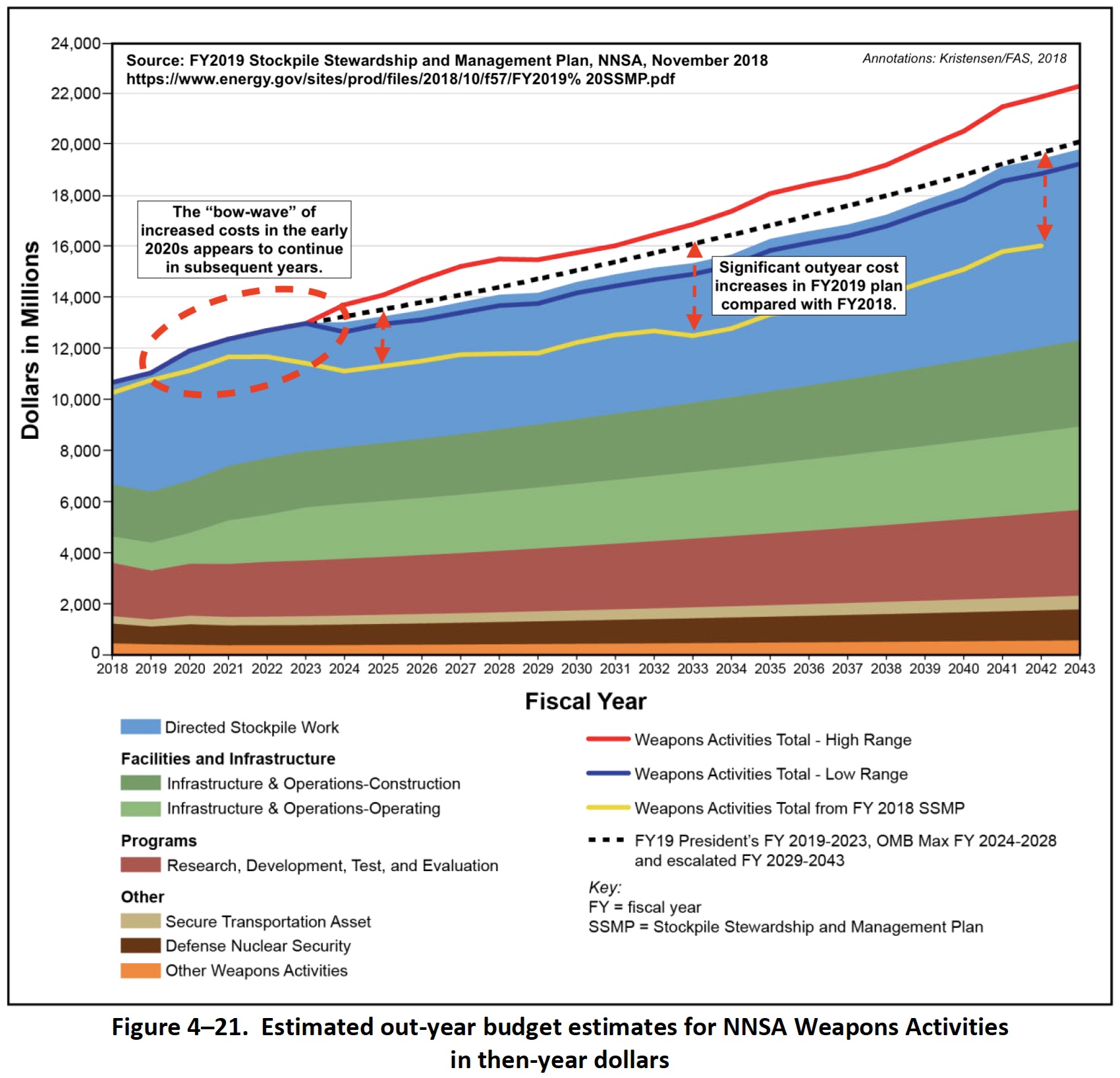
FY2019 SSMP shows significant cost increases compared with the FY2018 plan. Click on image to view full size
Part of the greater cost comes from increases in the cost estimates for the individual warhead live-extension programs (LEPs). The W78 LEP, one of the two warheads on the Minuteman III ICBM, is now projected to cost $15.4 billion, up 3.3% from $14.9 billion in the previous plan. The high estimate has even greater increase: up from $18.6 billion to $19.5 billion. Moreover, this cost estimate does not include the incremental cost to get to a 30-pit-per-year plutonium capability by FY 2026 to support this LEP. All of the other warhead programs also have cost increases.
In the near-term, these developments result in immediate cost increases and exacerbate the cost “bow wave” in the first half of the 2020s, which shows an increase of several hundred million dollars each year. Total annual LEP costs are lower in the following decade but that reduction would likely be more than erased by expected cost increases and a decision to move forward with development and production of a SLCM as recommended by the Trump administration’s Nuclear Posture Review (see figure below).
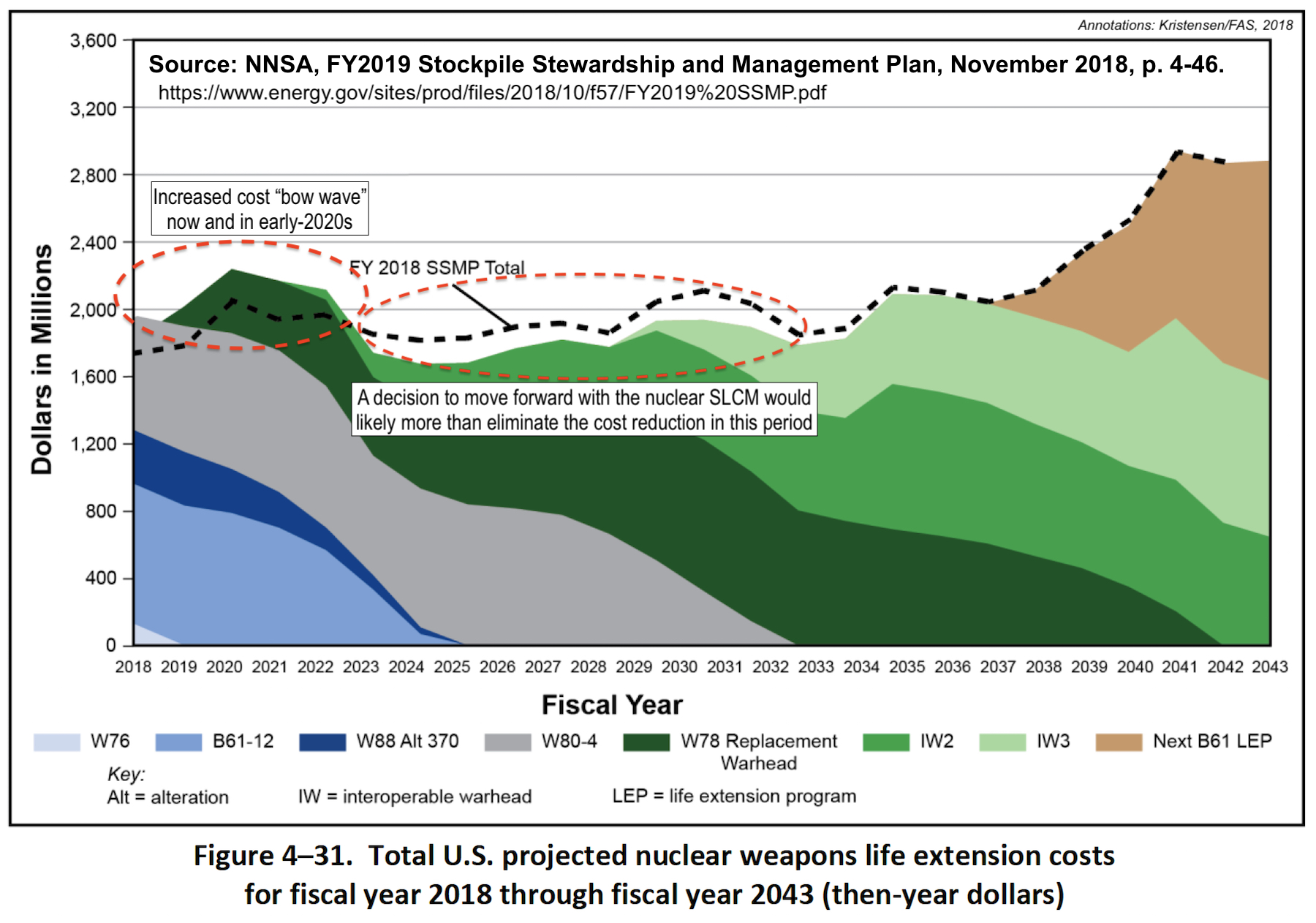
Cost growth increases fiscal “bow wave” and new weapons would erase future cost reductions. Click on image to view full size
Extensive Warhead Work Planned
The FY2019 SSMP includes several graphs that expand transparency of the nuclear warhead work now and for the next several decades. Most significantly, the SSMP expands information about sustainment work on legacy warheads (those warheads that are already in the stockpile) by breaking it down by work on limited life components (LLCs) such as neutron generators and gas transfer systems, alterations, surety upgrades, and joint test assemblies (JCSs) used for text flights. Overall, this transparency improves overview of the total workload facing the nuclear enterprise.
Interestingly, the so-called “3+2 warhead strategy” that was highlighted in the previous SSMP and congressional hearings as the only way forward is not mentioned in the new plan at all. The intension was to build three interoperable warheads (IWs) for ICBMs and SLBMs and two warheads for aircraft. IW1, which was previously described as a combination of W78 and W88-1, is now simply referred to as the W78 Replacement Program. The two other IWs – the IW2 combining W87 and W88, and the IW3 involving the W76-1 – are now listed with new names: BM-Y and BM-Z.
The SSMP also shows that six warheads will get a new ISA (Integrated Surety Architecture). This involves “improving DOE/NNSA transportation surety by integrating nuclear weapon shipping configurations with physical security elements.” A “matured integrated surety architecture capability to stockpile systems” matured in FY2018 “for further development and integration activities.”
In the graph below, I have combined the SSMP graphs of warhead LEPs and legacy warhead work into one graph and marked changes and omissions compared with the previous SSMP. The new plan includes two new warheads: the low-yield W76-2 and the SLCM.

FY2019 SSMP warhead work sheets show expanded warhead work but do not include several weapons. Click on image to view full size
The LEP section shows W76-2 work stretching out five years from mid-FY2019 (after completion of the current W76-1 LEP) through much of FY2024 (although work might actually be happening one year earlier). The W76-2 is intended to be deployed on SSBNs along with higher-yield W76-1 and W88 warheads. The W76-2 is intended for use in limited “tactical” scenarios in response to for example Russian use of tactical nuclear weapons. It might also serve a role in the expanded nuclear first-use options against “non-nuclear strategic attack” described in the NPR.
The SLCM is mentioned in the SSMP but with no details about the development and production timeline. NNSA says the SLCM “will be a major new addition in the next decade.” In the combined graph I have included a notional SLCM development and production line for illustrative purposes based on the LRSO timeline. It assumes initial startup in FY2020 after completion of an Analysis of Alternatives (AoA).
The SSMP LEP graph does not include the next B61 life extension program (previously called B61-13 in FY2016 SSMP version), which is scheduled to start in 2038. To correct that oversight, I have included it in the graph. This is a major warhead upgrade with cost estimates in the early-2040s ($1.4 billion in 2043) that go beyond that of any other existing or projected LEP program. And based on the cost graph, annual costs estimates would be even greater after 2043. It is yet unclear why the next B61 LEP will be so expensive.
Altogether, the warhead LEP and legacy graphs show a very ambitious workload for the nuclear weapons complex. At some point in the early-2020s, as many as six different warheads LEPs would be in development or production at the same time, in addition to sustainment of legacy warheads in the stockpile.
The Fate of the B83-1 Megaton Bomb
DOD and NNSA in 2013 decided to retire the B83-1 megaton bomb after the B61-12 enters the stockpile in the early 2020s (prior to this decision the B83-1 inventory had already been significantly reduced). As a result, sustainment work on the bomb was canceled. The previous SSMP included a (poor quality) graph that showed the B83-1 (and B61-11) being phased out. Some B83-1s would be retained in the stockpile “until confidence in the B61-12 stockpile is gained.” But the 2018 NPR appeared to signal a delay of that decision, although the language actually seemed very similar: retain the B83-1 “at least until there is sufficient confidence in the B61-12 gravity bomb that will be available in 2020.”
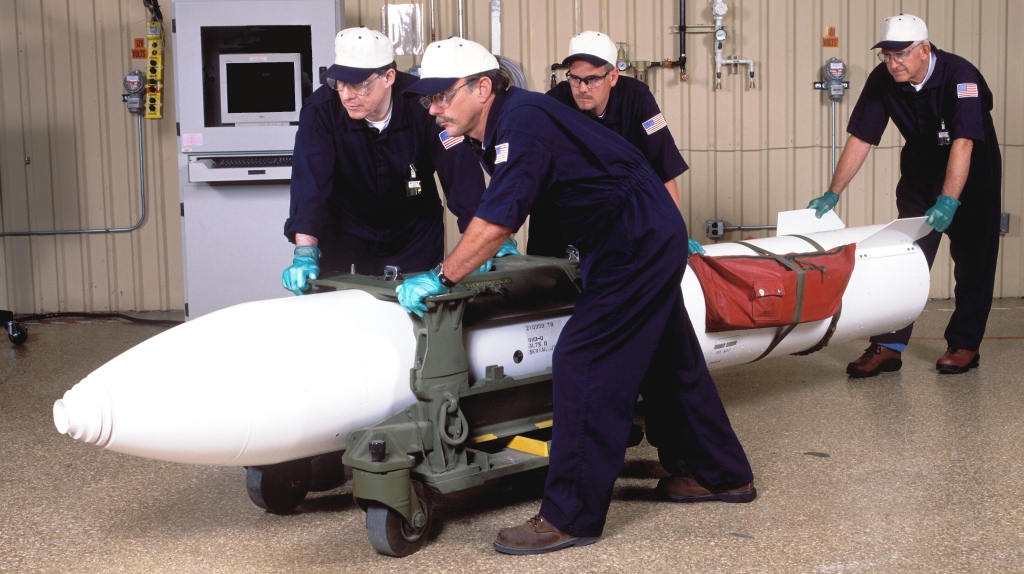
The FY2019 SSMP shows intension to keep B83-1 megaton bomb until 2028. Click on image to view full size
Yet the FY2019 SSMP shows the intension to retain B83-1 longer, at least through 2028. To do that, the plan revives various sustainment programs, including two, possibly three, warhead alterations. Work is also planned on the gas transfer system and integration of a new “integrated surety architecture.”
Although the NPR and SSMP both indicate the B61-12 is the replacement, they leave some uncertainty by talking about retaining the B83-1 “until a suitable replacement is identified.” The two weapons are used to hold at risk hard irregular and underground targets, and the B61-12 has increased accuracy and appears to have some limited earth-penetration capability. But the language used in the NPR and SSMP about the need to identify a “suitable replacement” could potentially indicate that the B61-12 may not be sufficient and that plans for a new weapon are underway.
Implications
The projected cost increases shown in NNSA’s FY2019 SSMP, and plans to add two new nuclear weapons to the arsenal, are likely to significantly strain the capacity of the U.S. nuclear weapons complex. After initially proclaiming its intension to significantly increase the defense budget in the years ahead, the Trump administration instead has announced a reduction of the FY2020 defense budget.
The growing deficit and declining Federal revenues cause by the administration’s tax cuts are likely to further increase the budget pressure in the years ahead. Combined, these developments are likely to create significant risks for the U.S. nuclear weapons modernization program.
Unfortunately, the NPR glosses over and belittles the cost challenge for the nuclear modernization program. Rather than blindly pushing forward with excessively ambitious programs that would likely force emergency adjustments over the next decade in response to budget pressures, it is essential that the administration and Congress proactively modify the modernization programs now to take into account the significant fiscal risks.
This publication was made possible by a grant from the Carnegie Corporation of New York, the John D. and Catherine T. MacArthur Foundation, the New Land Foundation, and the Ploughshares Fund. The statements made and views expressed are solely the responsibility of the author.
New START Numbers Show Importance of Extending Treaty
By Hans M. Kristensen
The latest New START treaty aggregate numbers published by the State Department earlier today show a slight increase in U.S. deployed strategic forces and a slight decrease in Russian deployed strategic forces over the past six months.
The data shows that the United States and Russia as of September 1, 2018 combined deployed a total of 1,176 strategic launchers with 2,818 attributed warheads. In addition, the two countries also had a total of 399 non-deployed launchers for a total of 1,576 strategic launchers.
Combined, the two countries have reduced their deployed strategic forces by 227 launchers and 519 warheads since 2011.
The warheads counted by the New START treaty are only a portion of the total warhead numbers possessed by the two countries. The Russian military stockpile includes an estimated 4,350 warheads while the United States has about 3,800.
The release of the data comes at a particular important time when the United States and Russia are considering whether to extend the New START treaty for another five years beyond 2021 when it expires. The treaty is under attack from defense hawks in Congress and the Trump administration is weighing whether to extend New START in light of Russia’s alleged violation of other agreements.
The data reaffirms that Russia, despite its modernization program, is not increasing its strategic nuclear forces but continue to limit them in compliance with the limitations of New START. In our latest Nuclear Notebook on Russia forces, we estimate that the New START limits recently caused Russia to reduce the number of warheads deployed on several of its strategic missiles.
Deployed Warheads
The data shows that the United States as of September 1 deployed 1,398 warheads on its strategic launchers. This is an increase of 48 warheads since February. Since 2011, the United States has offloaded 402 attributed warheads from its force.
The 1,398 is not the actual number of warheads deployed because bombers are artificially attributed one weapon each even though they don’t carry any weapons in peacetime. The actual number of deployed warheads is closer to 1,350.
Russia was counted with 1,420 deployed strategic warheads, a reduction of 24 warheads from February, and a total of 117 attributed warheads offloaded since 2011. Russian bombers also do not carry weapons so the Russian number is probably closer to 1,370 deployed strategic warheads.
These changes don’t reflect one country building up and the other reducing its forces, but are caused by fluctuations when launchers move in and out of maintenance or old launchers are retired or new ones added.
Deployed Launchers
The data shows the United States deployed 659 strategic launchers, an increase of 7 since February, and a total reduction of 223 launchers since 2011.
Russia deployed 517 strategic launchers, 142 fewer than the United States. That is 10 launchers less than in February, and a total reduction of 4 launchers since 2011.
Non-Deployed Launchers
The data also shows how many non-deployed launchers the two countries have. These are either empty launchers that are in reserve or overhaul or have not yet been destroyed.
The United States had 141 non-deployed launchers, which included empty ICBM silos, bombers in overhaul, and empty missile tubes on SSBNs in overhaul or refit. Since 2011, the United States has destroyed 101 non-deployed launchers.
Russia was counted with 258 non-deployed launchers. This includes empty ICBM silos, empty missile tubes on SSBNs in overhaul, and bombers in overhaul. Since 2011, Russia has destroyed 86 non-deployed launchers.
Essential Verification In Troubled Times
The treaty includes an important verification system that requires the United States and Russia to exchange vast amounts of data about the numbers and operations of their strategic forces and allows them to inspect each other’s facilities.
Since the treaty entered into effect in 2011, the two countries have exchanged 16,444 notifications about launcher movements and telemetry data; 1,603 since February this year.
Data released by the State Department shows that U.S. and Russian inspectors have conducted a total of 277 on-site inspections of each other’s strategic forces and facilities since the treaty entered into force in 2011. So far this year, U.S. officials have inspected Russian facilities 13 times compared with 12 Russian inspections of U.S. facilities.
The combined effects of limiting deployed strategic forces and the verification activities requiring professional collaboration between U.S. and Russian officials, mean that the New START treaty has become a beacon of light in the otherwise troubled relations between Russia and the United States, far more so than anyone could have predicted in 2010 when the treaty was signed.
Other background information:
- Russia nuclear forces, 2018
- US nuclear forces, 2018
- Status of world nuclear forces, 2018
- After Seven Years of Implementation, New START Treaty Enters Into Effect
This publication was made possible by a grant from the Carnegie Corporation of New York, the John D. and Catherine T. MacArthur Foundation, the New Land Foundation, and the Ploughshares Fund. The statements made and views expressed are solely the responsibility of the author.
Russian ICBM Upgrade at Kozelsk
By Hans M. Kristensen
New satellite photos show substantial upgrades of ICBM silos at the missile field near Kozelsk in western Russia.
The images show that progress is well underway on at least half of the silos (possibly more) of the second regiment of the 28th Guards Missile Division from the Soviet-era SS-19 ICBM to the new SS-27 Mod (RS-24, Yars). The first regiment of ten silos completed its upgrade in late-2015. Like the SS-19, the SS-27 Mod 2 carries MIRV.
In its earlier configuration of six regiments with a total of 60 silos, the Kozelsk missile field covered an area of roughly 2,300 square-kilometers (890 square-miles). With closure of three regiments, the active field has been reduced to about 400 square-miles. That includes one 10-missile regiment (74th Regiment) that has already been upgraded to SS-27 Mod 2, a second that is being upgraded (168th Regiment), and a third (219th Regiment) that might still operate SS-19s, although the status is uncertain. It is possible that Russia will upgrade a total of 30 silos at Kozelsk. The Kozelsk missile field is located about 240 kilometers (150 miles) southwest of Moscow about 180 kilometers (115 miles) from Belarus (see image below).
Each SS-27 Mod 2 ICBM can carry up to four MIRV warheads, each with a yield of about 500 kilotons. Each SS-19 carried up to six MIRV, each with a yield of about 400 kilotons. The New START treaty apparently has forced Russia to reduce warhead loading on some of its missiles.
The latest image from Digital Globe on Google Earth is from June 22, 2018. It shows the large launch control center covering 335,000 square-meters (3,620,000 square-feet) with reconstruction nearly completed of the inner area with silo and underground command center. The administrational and technical area has been significantly expanded. A new gun turret is under construction and multi-layered security perimeter has been nearly completed around entire area (see image below).
Approximately 5 kilometers (2.8 miles) southeast of the launch control center, upgrade is underway on another of the 10 silos of the regiment. Comparison with an earlier photo from 2002 clearly shows the extensive upgrade, which is expanding the overall size of the facility to 136,000 square-meters (1,500,000 square-feet). Visible work includes a nearly finished silo, a new gun turret, trenches for new cables, and a new security perimeter (see image below).
Approximately 7 kilometers further southeast, another silo is being upgraded. This silo covers a slightly smaller are of 120,000 square-meters (1,300,000 square-meters). The upgrade appears to be less advanced with substantial work still going on in the silo, the gun turret not yet completed, no cable trenches visible yet, and the security perimeter only partially done. Visible in this area, however, is a unique entrance feature (see image below).
These are just a few facilities of Russia’s extensive land-based nuclear missile force, which has been under upgrade since the late-1990s. The upgrade of Russia’s four ICBM silo missile divisions and seven road-mobile ICBM divisions currently without just over 300 ICBMs is expected to be completed by the mid-2020s. Despite the modernization program, the U.S. Intelligence Community projects “the number of missiles in the Russian ICBM force will continue to decrease because of arms control agreements, aging missiles, and resource constraints,” according to the Air Force National Air and Space Intelligence Center.
For a breakdown of Russian nuclear forces, including locations of its entire land-based missile force, see the FAS Nuclear Notebook in the Bulletin of the Atomic Scientists.
To compare Russia’s nuclear forces with those of the world’s other eight nuclear-armed states, go here.
This publication was made possible by generous grants from the John D. and Catherine T. MacArthur Foundation, Ploughshares Fund, New Land Foundation, and the Carnegie Corporation of New York. The statements made and views expressed are solely the responsibility of the author.
New Nuclear Notebook: Pakistani Nuclear Forces, 2018
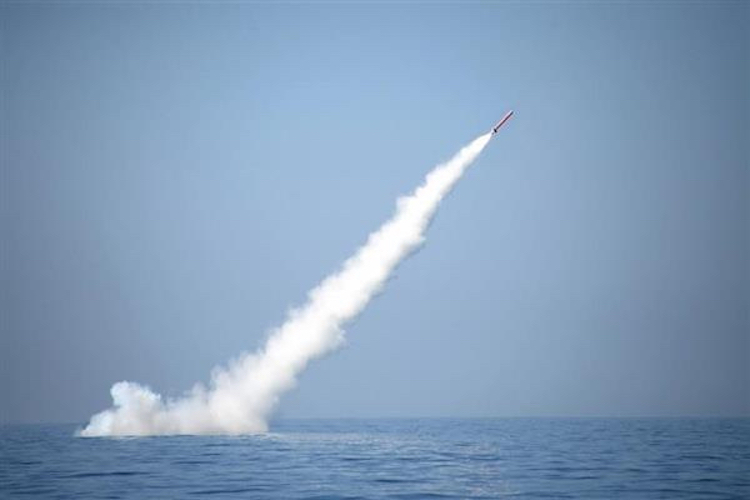
A Babur-3 dual-capable SLCM is test-launched from an underwater platform in the Indian Ocean on January 9, 2017.
By Hans M. Kristensen, Robert S. Norris, and Julia Diamond
The latest FAS Nuclear Notebook has been published in the Bulletin of the Atomic Scientists: Pakistani nuclear forces, 2018 (direct link to PDF). We estimate that Pakistan by now has accumulated an arsenal of 140-150 nuclear warheads for delivery by short- and medium-range ballistic and cruise missiles and aircraft.
This is an increase of about ten warheads compared with our estimate from last year and continues the pace of the gradual increase of Pakistan’s arsenal we have seen for the past couple of decades. The arsenal is now significantly bigger than the 60-80 warheads the U.S. Defense Intelligence Agency in 1999 initially estimated Pakistan might have by 2020. If the current trend continues, we estimate that the Pakistani nuclear warhead stockpile could potentially grow to 220-250 warheads by 2025.
The future development obviously depends on many factors, not least the Pakistani military believes the arsenal needs to continue to grow or level out at some point. Also important is how the Indian nuclear arsenal evolves.
The Pakistani government and officials initially described Pakistan’s posture as a “credible minimum deterrent” but with development of tactical nuclear weapons later began to characterize it as a “full spectrum deterrent.” Moreover, development is now underway to add a sea-based leg to its nuclear posture, and a flight test was conducted in 2017 of a ballistic missile that Pakistani officials said would be capable of carrying multiple warheads to overcome missile defense systems.
Additional information can be found here:

